Have you seen any of the Unesco World Heritage Sites in the Czech Republic? There are currently 14, and many of them are very beautiful and interesting. We have visited seven of the Czech World Heritage Sites so far, but we hope to see a few more. Which ones have you visited? Which ones are you curious about?
Innehållsförteckning
Unesco World Heritage Sites in the Czech Republic
At the time of writing this post, there are a total of 14 UNESCO World Heritage Sites in the Czech Republic, although the number may increase over time if more World Heritage Sites are designated. World Heritage sites are those cultural and natural environments in the world that are considered to be by far the most outstanding and of great importance to all mankind.
All Czech World Heritage Sites are cultural heritage (see more at Unesco list), and if you look around among them you can really find some gems. Here is the full list of Czech World Heritage Sites. We have visited numbers 1, 2, 5, 6, 7, 10 and 11. Have you visited any of them?
1. Český Krumlov Historical Centre
Český Krumlov Castle dates from the 13th century and includes Gothic, Renaissance and Baroque styles. The castle is located right next to the Vltava River and around it a small medieval town has grown up, which today feels almost like a fairytale town. There is a lot of well-preserved medieval heritage here, as the area has had a peaceful history for more than 500 years. Plus, you can get around the river in a rubber boat!
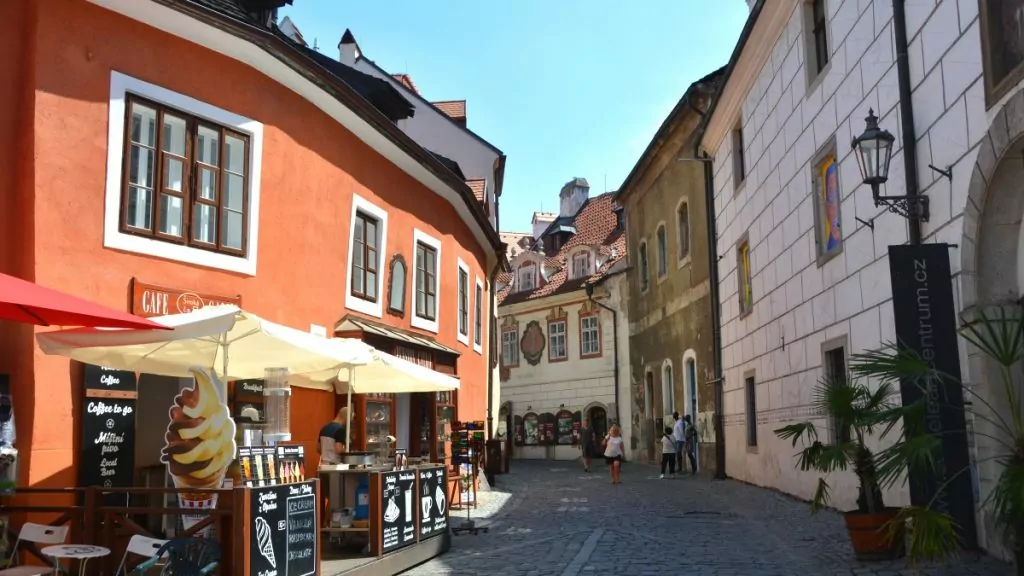
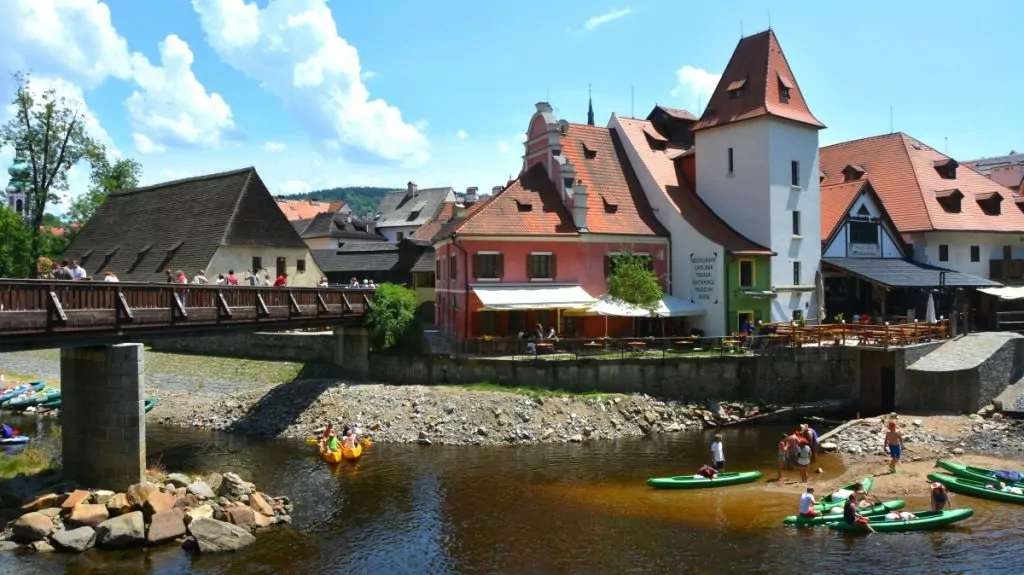
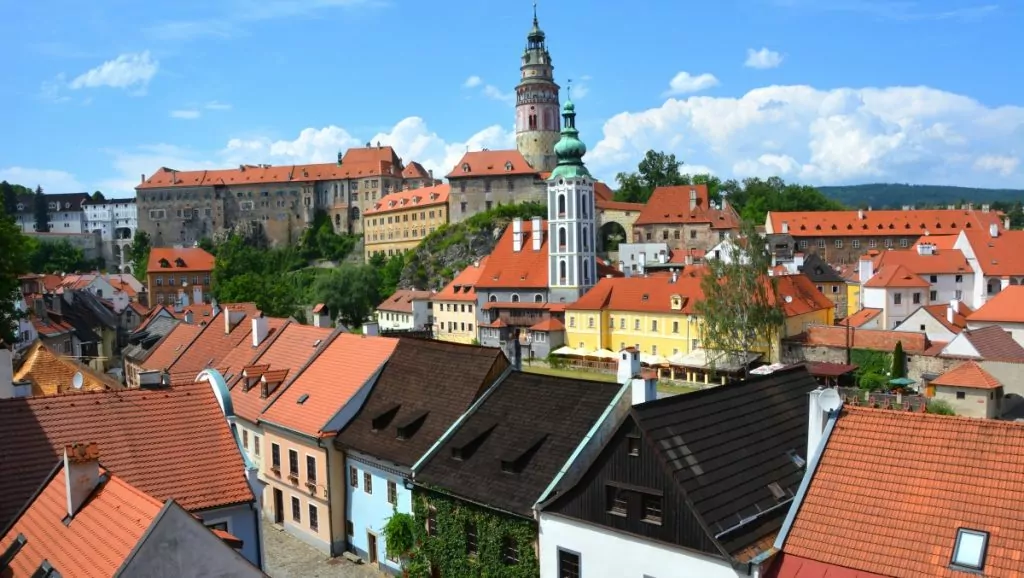
2. Prague's historic centre
Prague is a fantastic historical city, largely built between the 12th and 18th centuries. The city has had great cultural and architectural influence since the Middle Ages. There are many impressive monuments and buildings, such as Prague Castle, Charles Bridge, St Vitus Cathedral and many other churches and palaces. If you haven't seen Prague yet, it's a place you don't want to miss!
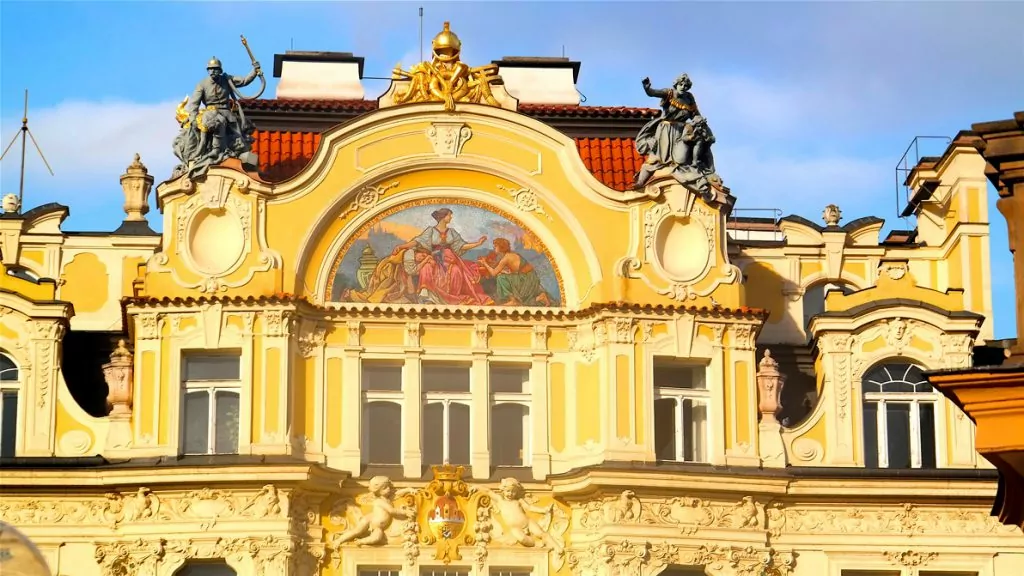
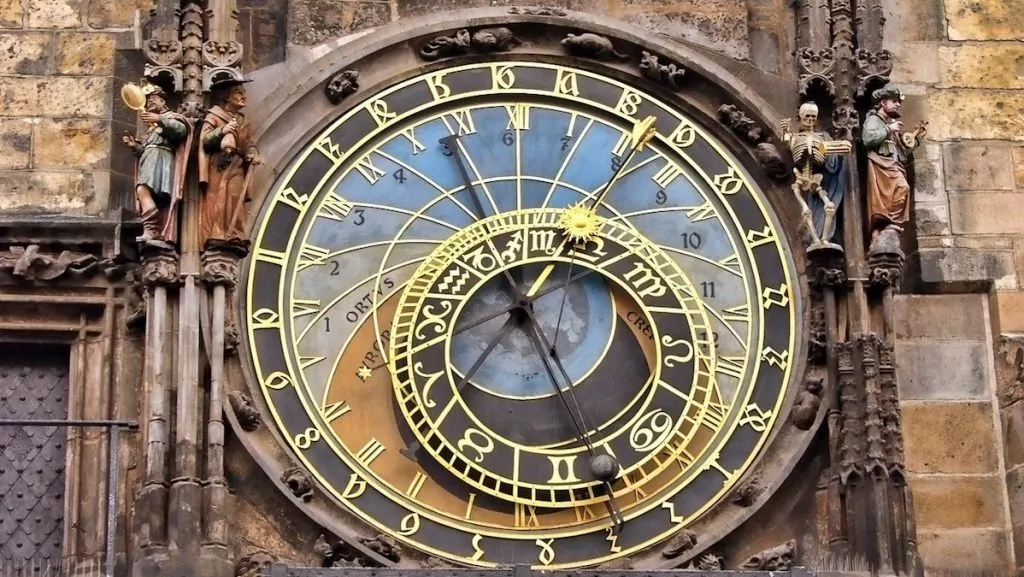
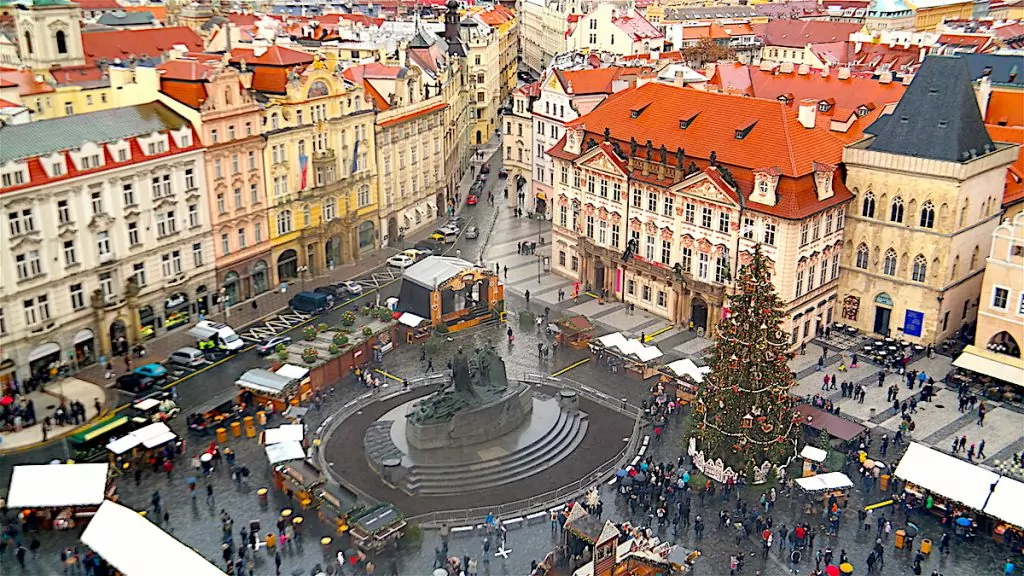
3. Telč historical centre
The houses in Telc were originally built of wood. After a fire at the end of the 14th century, the city was rebuilt, this time in stone. The city was protected by walls and many artificial ponds were also built. The city's Gothic castle was reconstructed in the High Gothic style at the end of the 15th century. We had planned to visit this city last summer, now we will see when we get the opportunity!
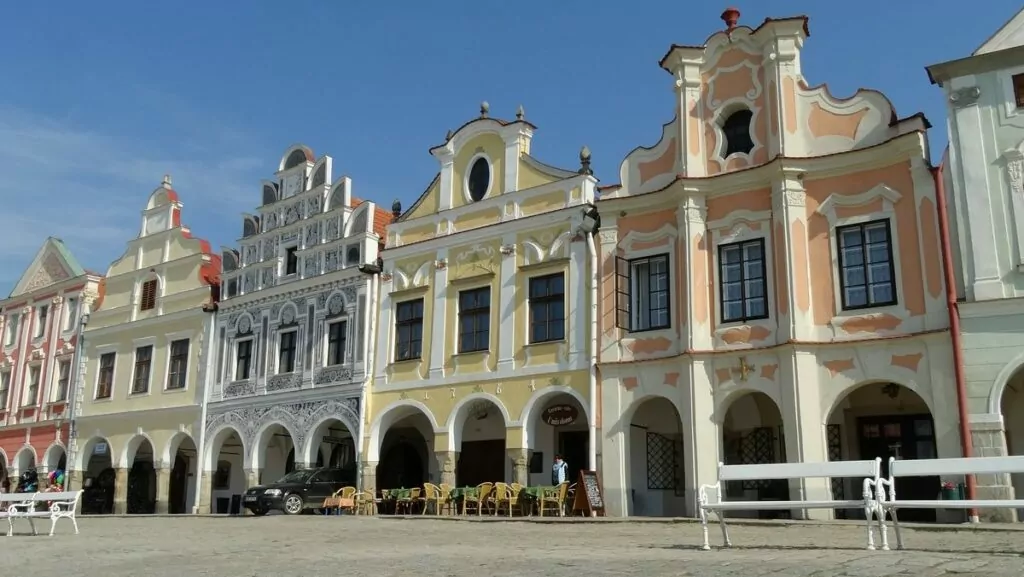
4. Church of St John Nepomuk in Zelená Hora
The Church of John Nepomuk is a pilgrimage church built in honour of the priest John Nepomuk. The church, which dates from the early 18th century, is built in the shape of a star by architect Jan Blazej Santini, who is known for his original style. We haven't seen the church in person, but we did check out a miniature of it in the Park Boheminiumand the photo shows this miniature.
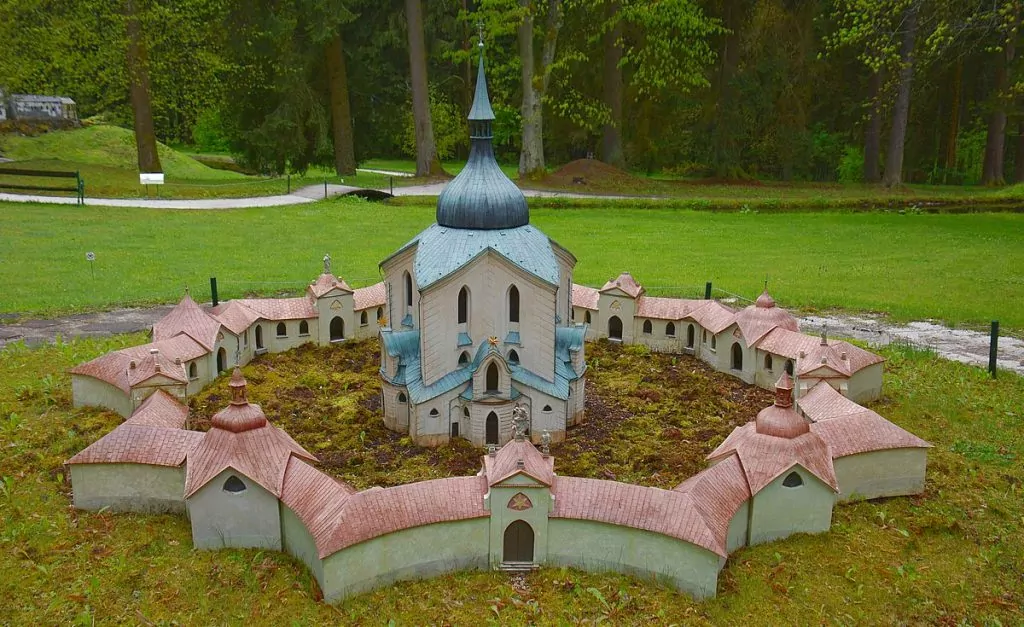
5. Kutná Hora: Historical centre and the churches of St Barbara and the Church of Our Lady of Sedlec.
Kutná Hora developed because there were silver mines here, and in the 14th century this became a royal town adorned with beautiful monuments. The Church of St Barbara is a beautiful building from the Gothic period and the Cathedral of Our Lady of Sedlec was rebuilt in the Baroque style in the 18th century. These masterpieces together with other buildings make Kutná Hora a special historical place. In addition, the Sedlec Skeleton Church is located here, filled with the bones of 40,000 people.
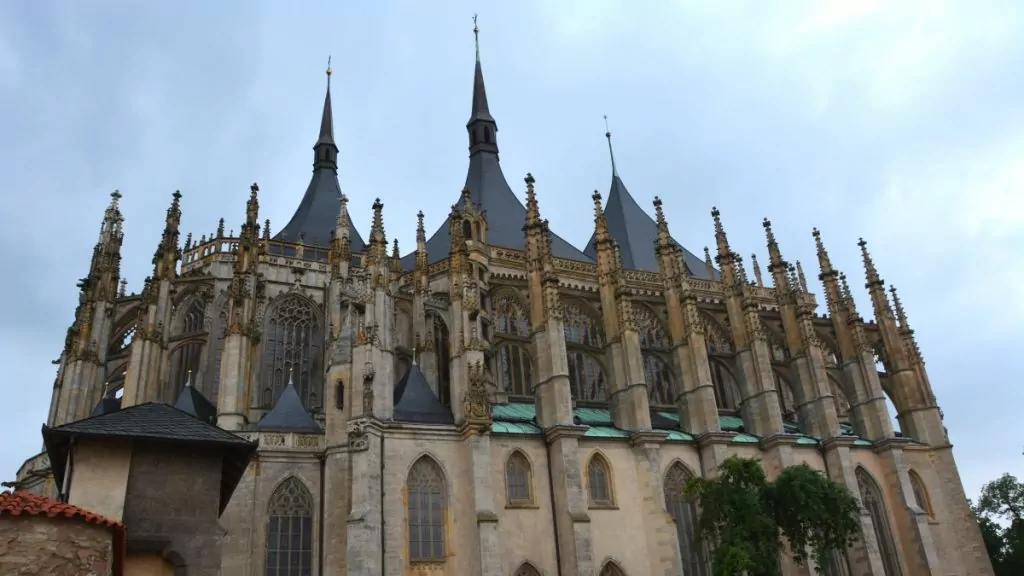
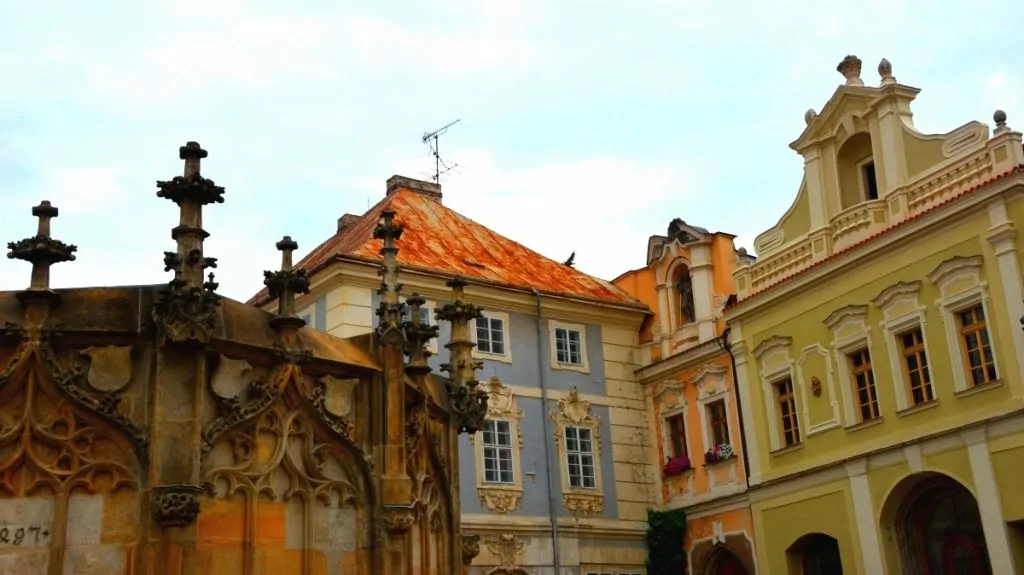
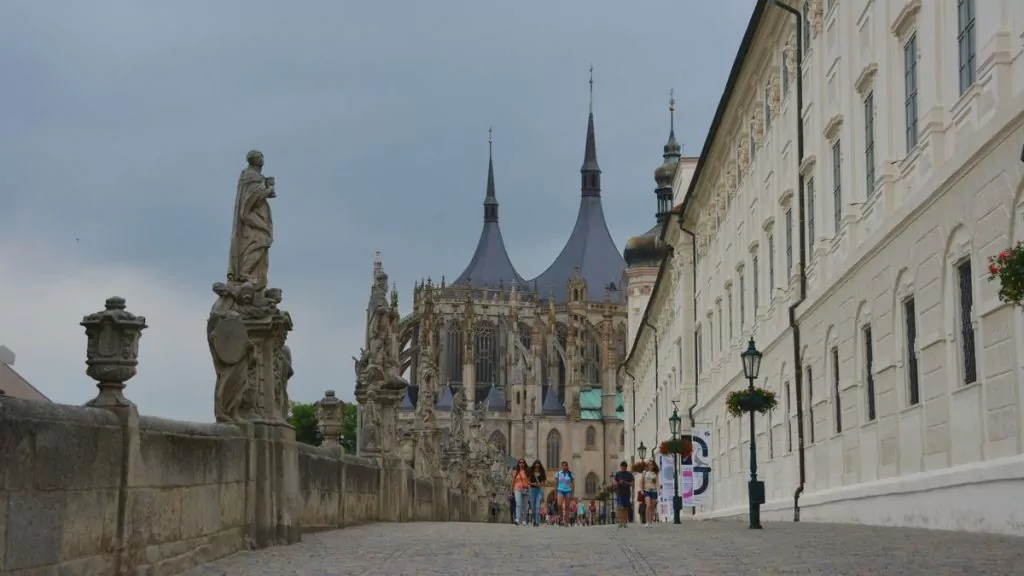
6. Cultural landscape in Lednice-Valtice
Between the 17th and 20th centuries, the wealthy Dukes of Liechtenstein transformed their domains in the southern Moravia to a fabulous neighbourhood. Here Baroque architecture was mixed with classical and neo-Gothic styles. The area includes Lednice and Valtice castles and countryside modelled on English Romantic principles. The area is one of the largest artificial landscapes in Europe.
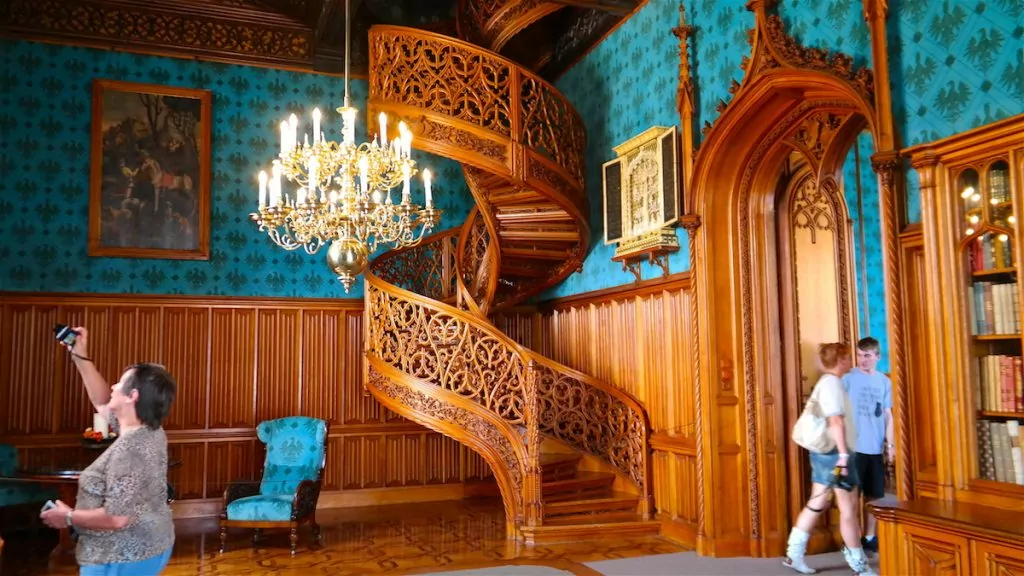
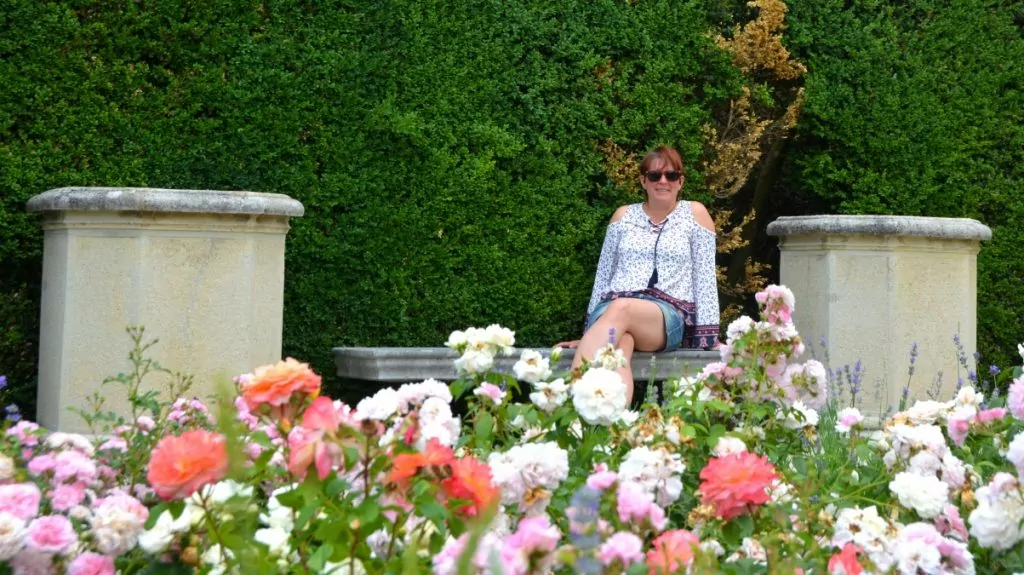
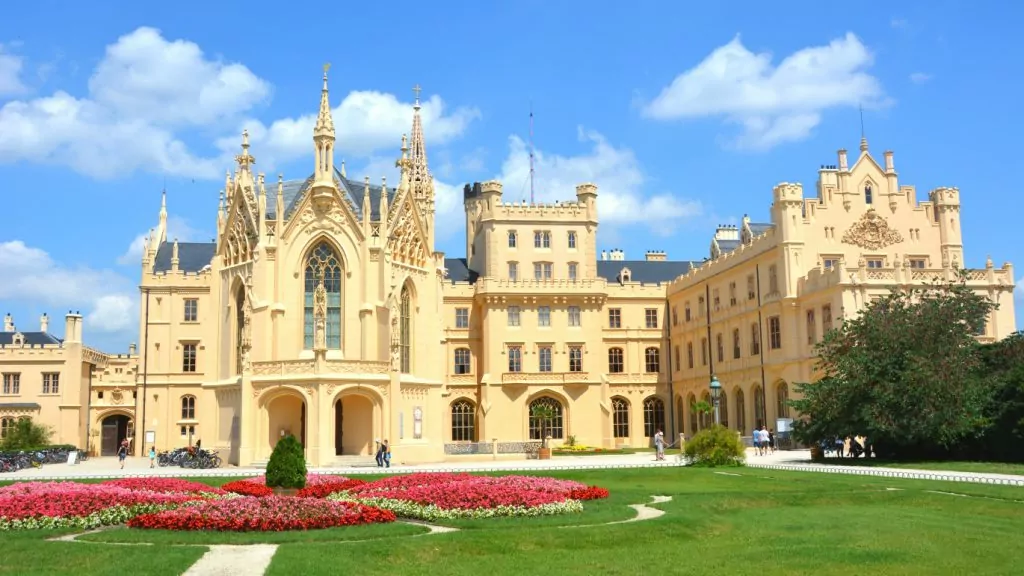
7. gardens and castles in Kroměříž
Kroměříž is located on the Morava River, at the foot of the Chriby mountain range that dominates the central part of Moravia. The gardens and castle of Kroměříž are an extraordinarily complete and well-preserved example of a European Baroque princely residence and its gardens. No wonder this is a Unesco World Heritage Site in the Czech Republic! We were here in September last year and found it absolutely beautiful.
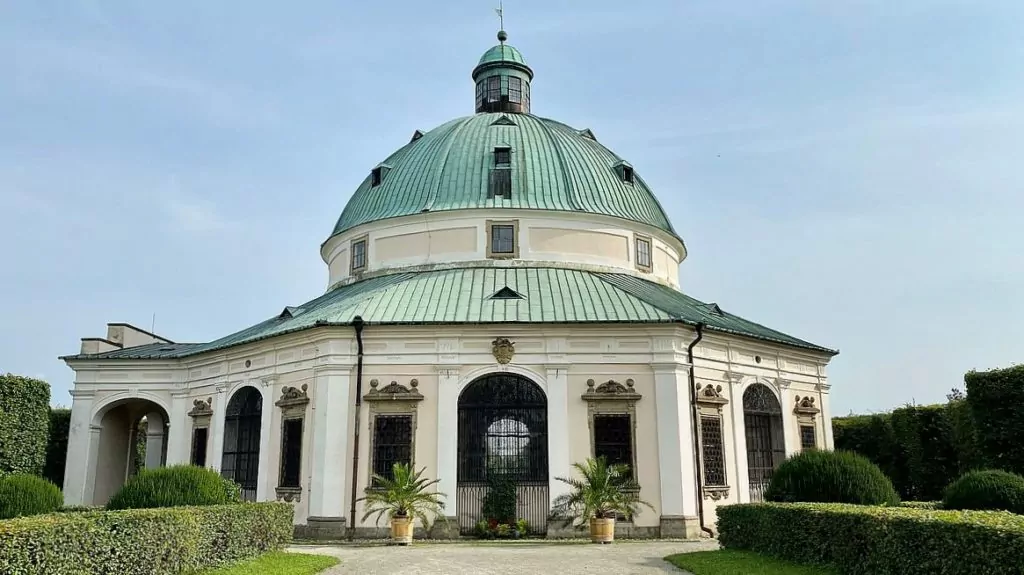
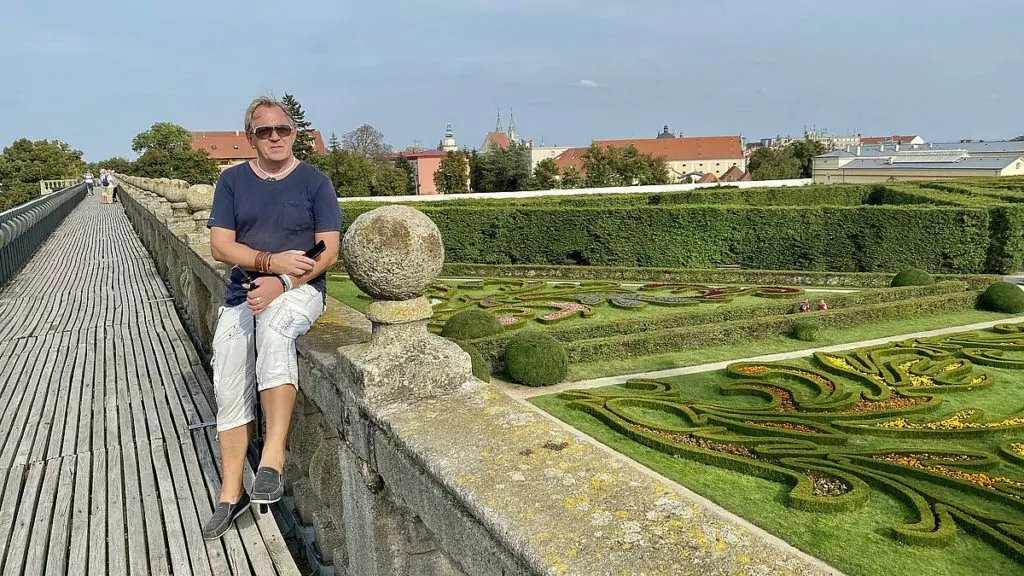
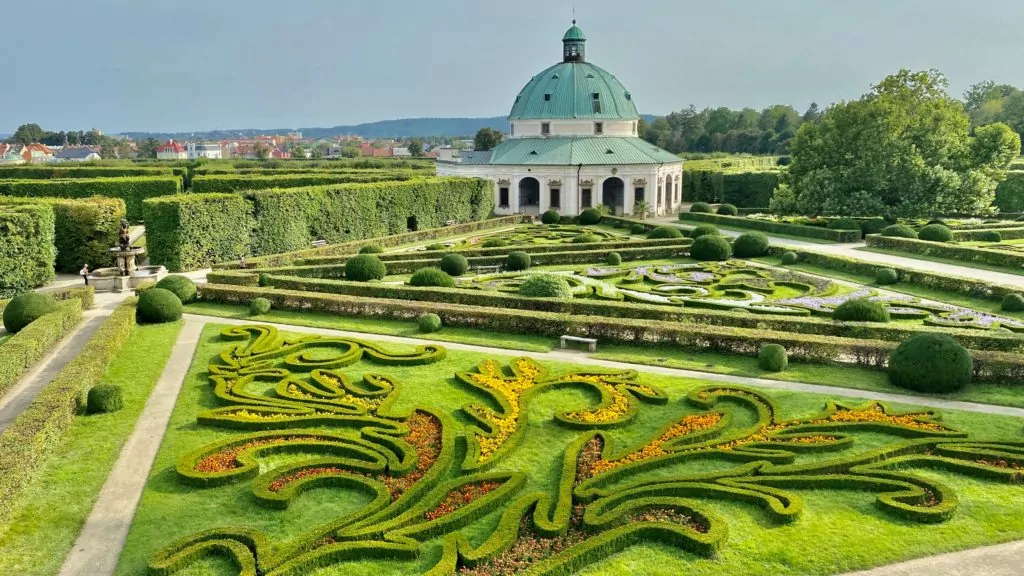
8. The historical village of Holašovice
The village of Holašovice is an exceptionally complete and well-preserved example of a traditional Central European village. It has a large number of outstanding 18th and 19th century vernacular buildings in a style known as "South Bohemian vernacular baroque" which has its roots in the Middle Ages.
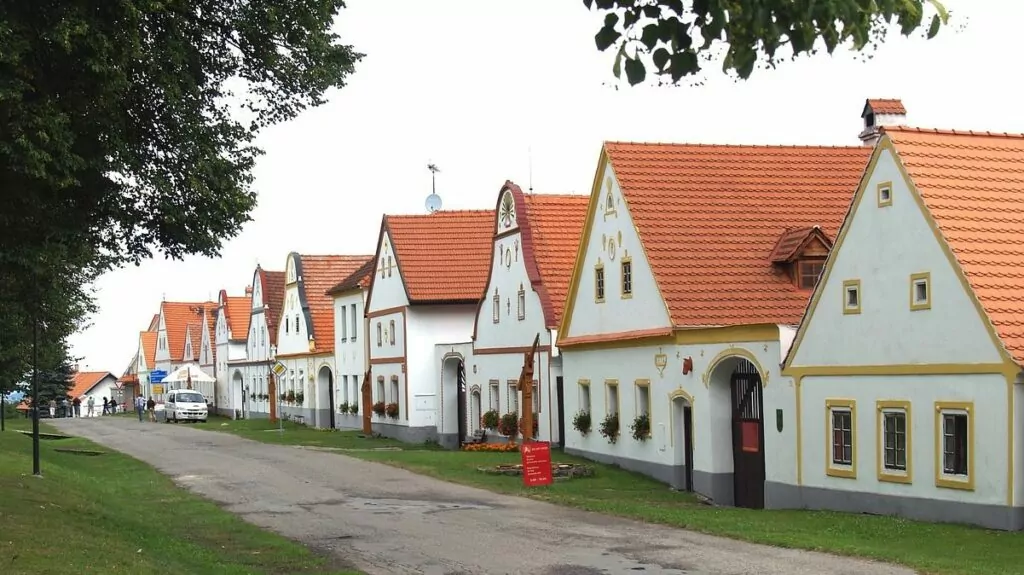
9. Litomyšl Castle
Litomyšl Castle was built during the Renaissance, in a style developed in Italy and popular in the 16th century. The building was then further decorated in the Baroque style in the 18th century.
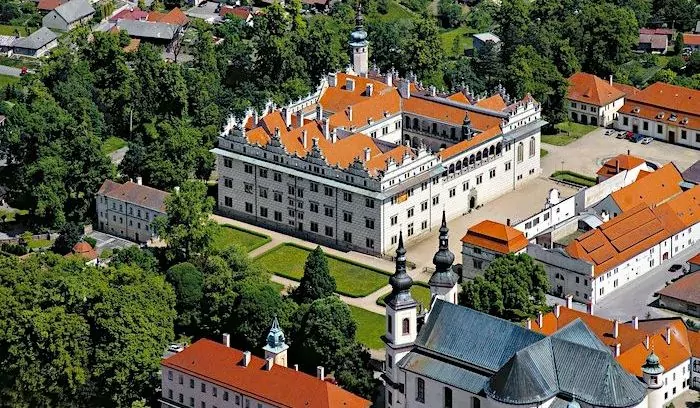
10. the Trinity Column in Olomouc
The Trinity Column in Olomouc was built in the early 18th century and is the most prominent example of this type of monument typical of Central Europe. The column is 35 metres high and is richly decorated with religious sculptures made by the Moravian artist Ondrej Zahner.
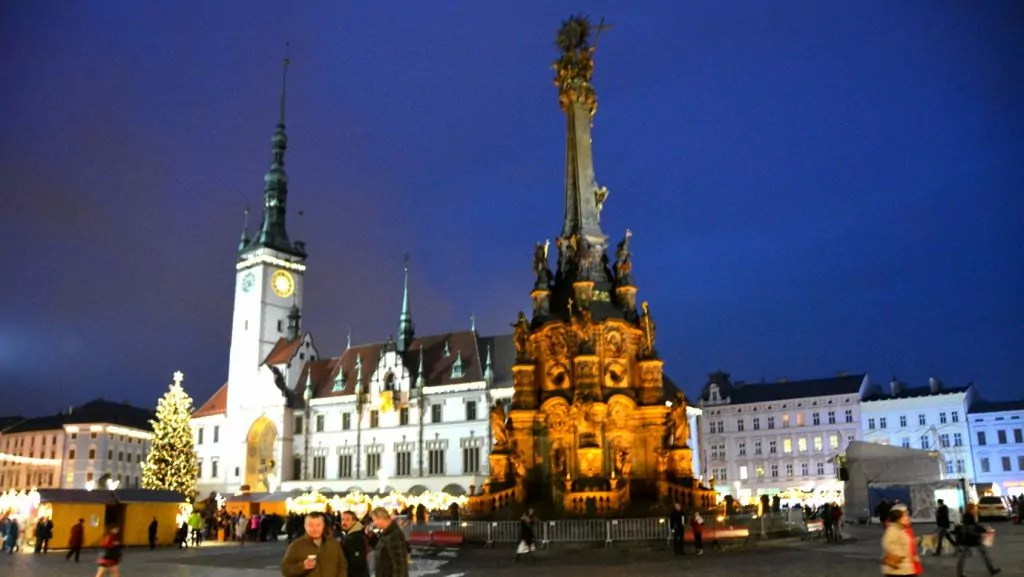
11. Villa Tugendhat in Brno
Villa Tugendhat, located in Brno, was designed by architect Mies van der Rohe. The building is an outstanding example of the style developed in Europe in the 1920s. Among other things, it used completely new aesthetic concepts. For us, perhaps the most interesting part was the story of Greta and Fritz Tugendhat, who were forced to flee during the Second World War.
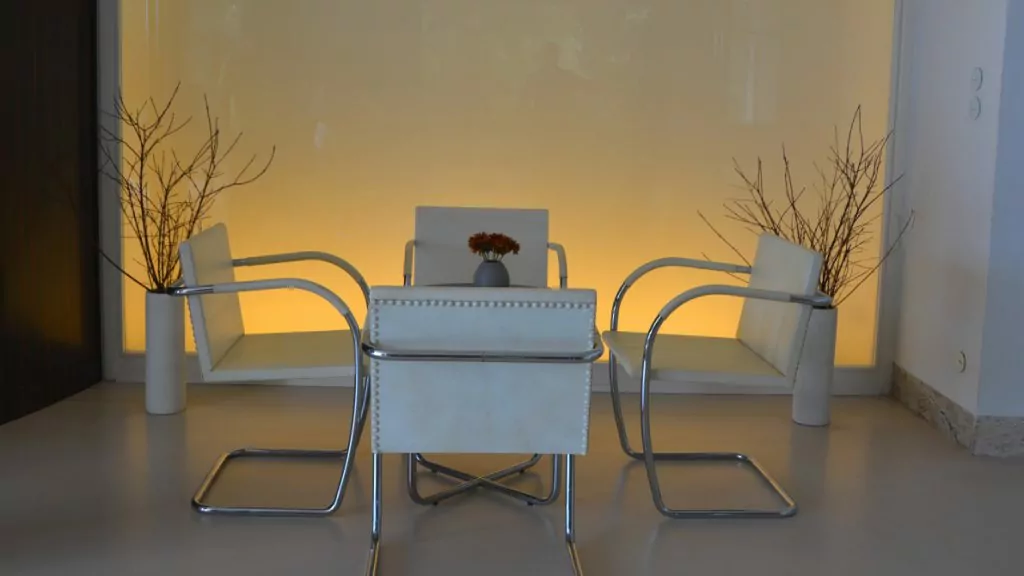
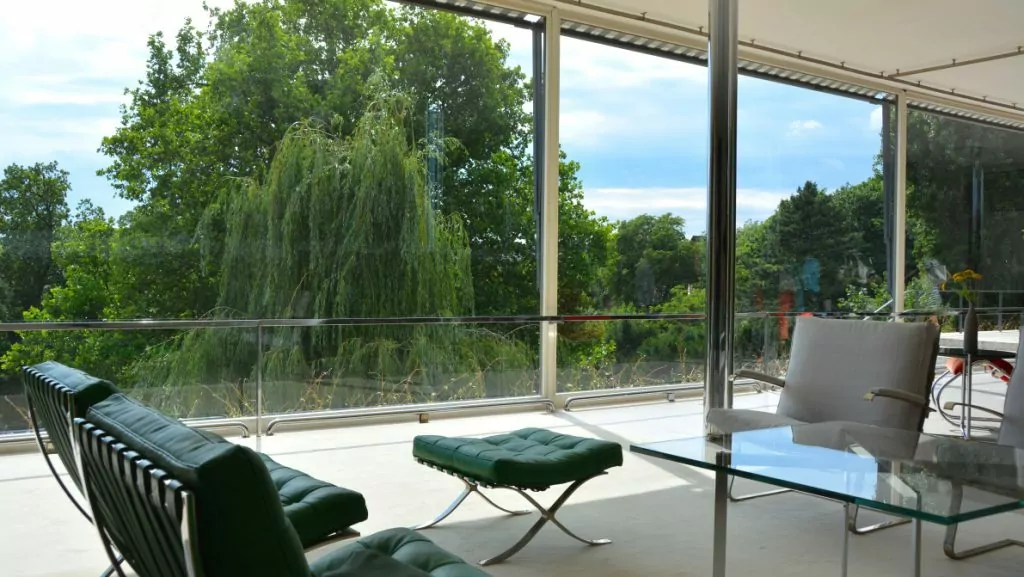
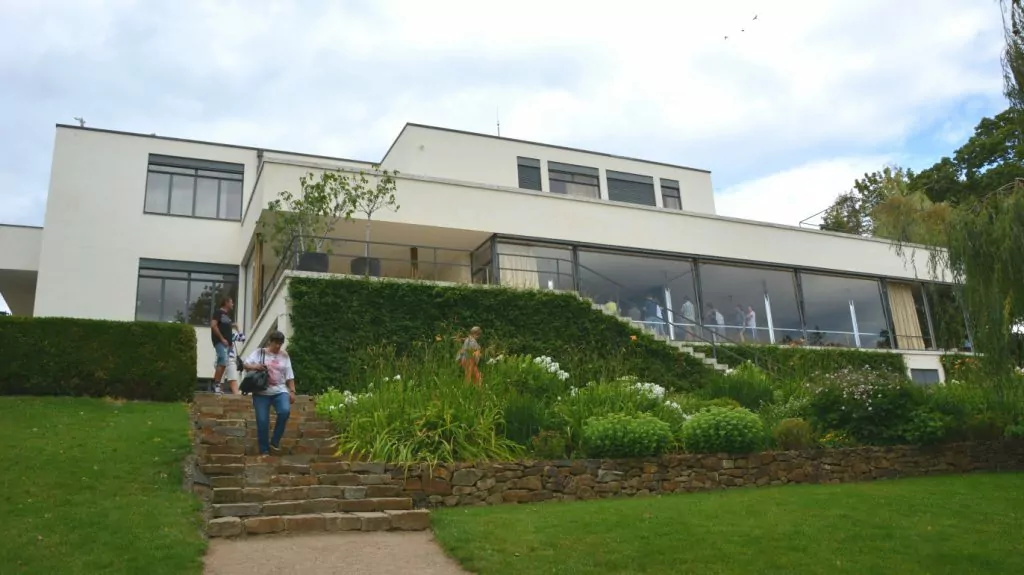
12. Jewish Quarter and Church of St Procopius in Třebíč
The Jewish quarter, the old Jewish cemetery and the Church of St Procopius in Třebíč are reminders of the coexistence of Jewish and Christian cultures from the Middle Ages to the 20th century. The church, which was built as part of a Benedictine monastery in the early 13th century, is an interesting example of Western European architectural influence in this region.
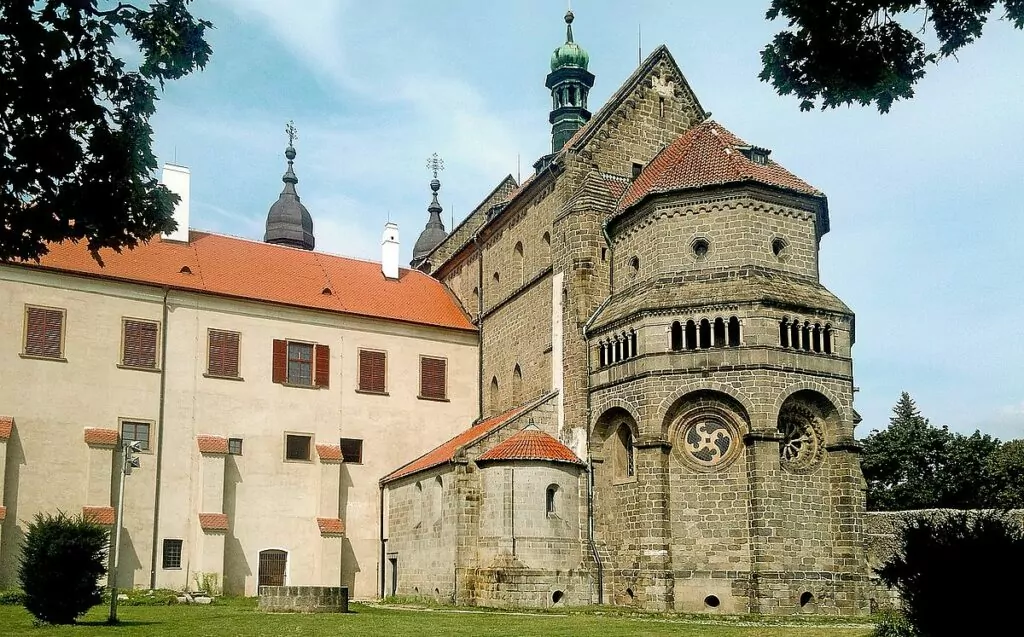
13. the Erzgebirge/Krušnohoří mining region
The Erzgebirge/Krušnohoří is a mining region located between Saxony in south-eastern Germany and the north-western Czech Republic. The region has been used for mining since the Middle Ages and was the main source of silver ore in Europe between 1460 and 1560. It has also mined tin and produced uranium, and many new and pioneering mining systems were developed in the area.
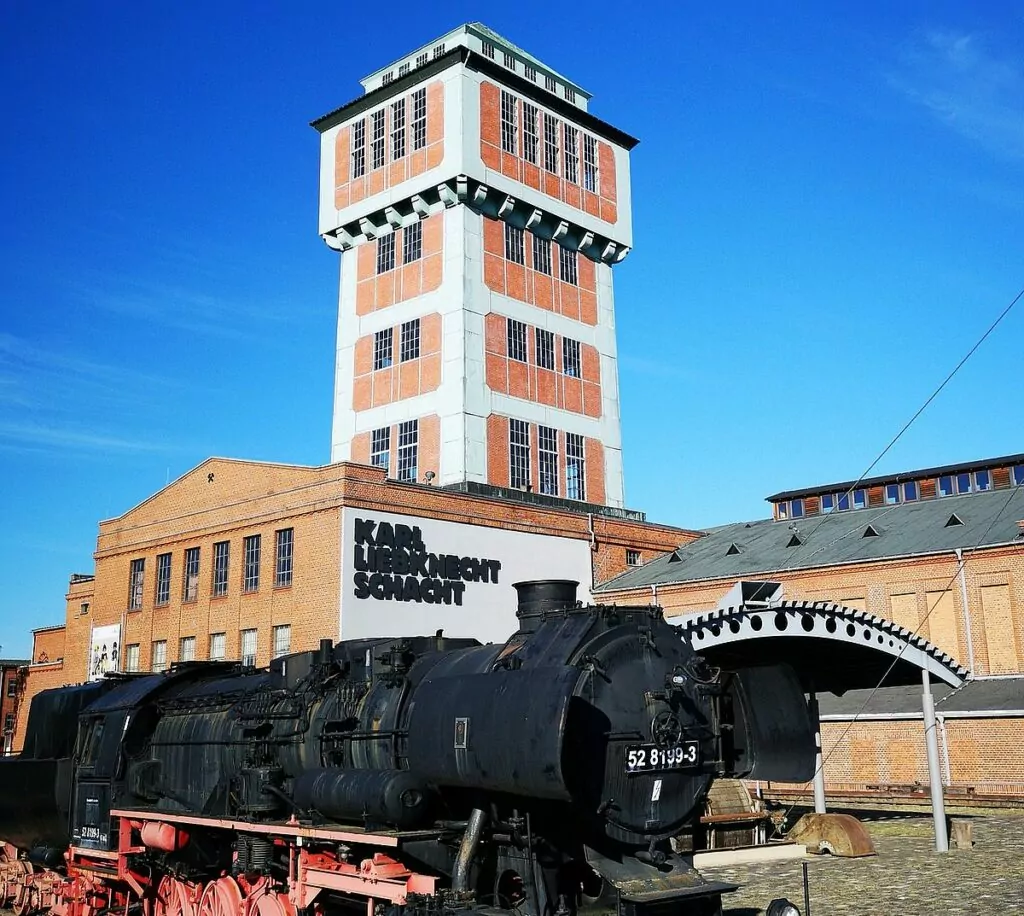
14. Landscape for breeding and training of ceremonial driving horses in Kladruby nad Labem.
This landscape, on the river Elbe, was excellent for breeding and training kladrub horses. This breed of horse was used as a draft horse in the ceremonies of the Habsburg imperial court. The stud farm was founded in 1579 and is one of the oldest still operating stud farms in the world.
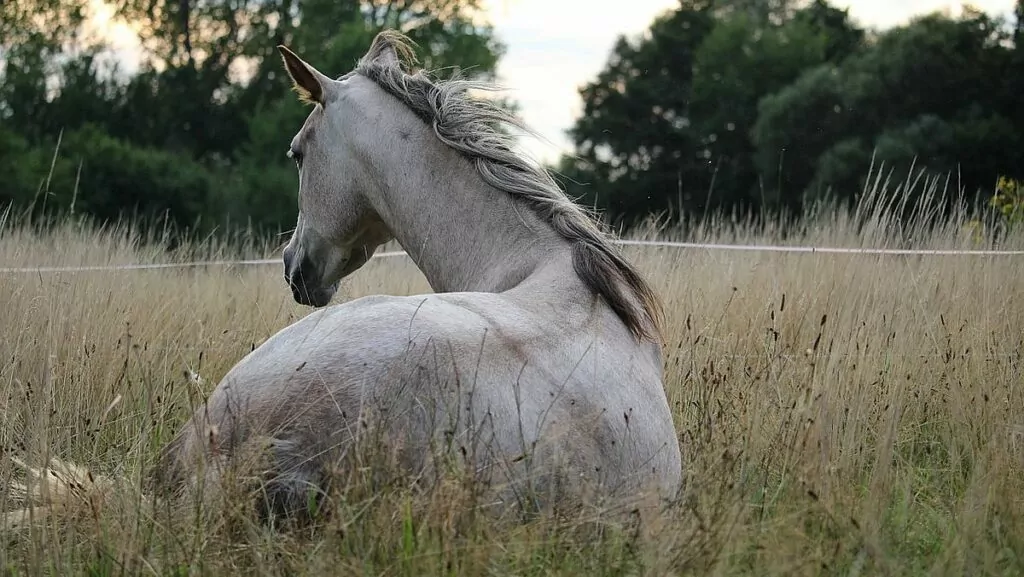
Which Unesco World Heritage Sites in the Czech Republic have you seen?
Which Unesco World Heritage Sites in the Czech Republic have you seen? Which ones are you curious about?
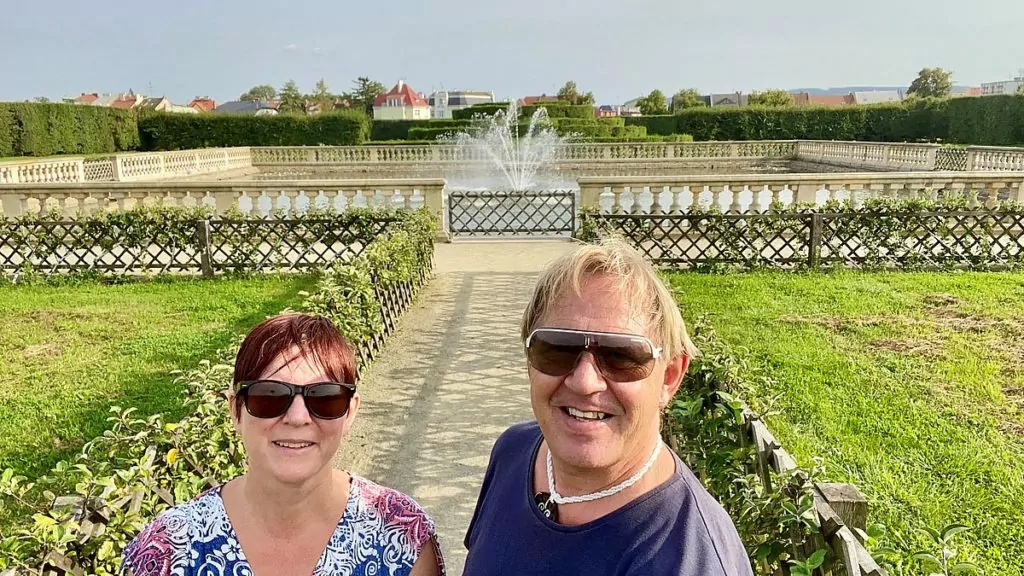
Adrspach rocks - the Czech Republic's cool mountain
We set out to find the cool rock formations in the Czech Republic called...
Loket in Czech Republic - castle with friendly dragon
In cooperation with Czech Tourism We have visited the towns of Becov nad Teplou and Loket, which...
15 castles and palaces in the Czech Republic you don't want to miss
There are so many amazing castles and palaces in the Czech Republic. We've visited a whole...
The fairytale town of Cesky Krumlov in the Czech Republic
When you enter the gates of Cesky Krumlov in the Czech Republic, you have to pinch...
Golf in the Czech Republic - and camping on Lake Olesna
Now we have played golf in the Czech Republic, and it was actually the first time we played...
Becherovka in Karlovy Vary - and a Czech meal
In cooperation with Czech Tourism Do you know Becherovka, and maybe you have even heard of...
Kokořín Castle in the Czech Republic - plus nature experiences
Kokořín Castle in the Czech Republic is a historic castle located in the Bohemian Paradise nature reserve. The castle is...
Stříbrný rybník in Hradec Králové - fine Czech camping.
Kemp Stříbrný rybník in Hradec Králové is a nice Czech campsite. The campsite has been renovated and...
Besedické skály - great hiking in the Czech Republic
Besedické skály is a hiking area in the Czech Republic filled with amazing rock formations. We did...
Handmade Christmas decorations in the Czech Republic - a UNESCO heritage site
Handmade Christmas decorations in the Czech Republic, made from blown glass beads, have a long tradition. Now the manufacturing process has...
The spa town of Frantiskovy Lazne in the Czech Republic - the yellow town
In partnership with Czech Tourism As we walked into the spa town of Frantiskovy Lazne in the Czech Republic...
Drinking well - in the Czech Republic the tradition lives on
In cooperation with Czech Tourism Drinking wells was something that was done in the past, both in...
Trosky Castle in the Czech Republic - a landmark ruin
The Trosky Castle in the Czech Republic is a landmark in the Czech nature reserve Bohemian Paradise. The two...
Kynžvart Castle in the Czech Republic - among mummies and snake skins
In cooperation with Czech Tourism Kynžvart Castle in the Czech Republic is a beautiful historic castle, where...
Spa in the Czech Republic - Experience the Spa Triangle
In cooperation with Czech Tourism Have you experienced spas in the Czech Republic? Or maybe even...
Crystal Valley in the Czech Republic - guide to the Crystal Valley
The Crystal Valley in the Czech Republic, or Crystal Valley as the valley is known in English, is an area in...
Travelling to Karlovy Vary in the Czech Republic by plane and bus
In partnership with Czech Tourism Travelling to Karlovy Vary in the Czech Republic by air and...
Karlovy Vary - 30 things to do in the spa town of Karlovy Vary
In partnership with Czech Republic Tourism We have visited the Czech spa town of Karlovy Vary or...
Stay in a castle in the Czech Republic - one night at Liblice
We have just tried staying in castles in the Czech Republic. We flew from Stockholm to...
The beautiful city of Brno in the Czech Republic
The beautiful city of Brno in the Czech Republic! When we arrived, by train from Ostrava, we were surprised...
Facts about the Czech Republic - 30 things you (might) not know
Facts about the Czech Republic! Did you know that the sugar cube and soft contact lenses come from the Czech Republic? Or...
The highest mountain in the Czech Republic - Sněžka in Sudetenland
The highest mountain in the Czech Republic is called Sněžka and is located in the Krkonoše mountain area in the Sudetenland. The mountain has a height...
Litomerice in the Czech Republic - castles, football and camping with Swedes
In cooperation with Czech Tourism After our visit to Bohemian Switzerland, we rolled on to...
Moravia and Silesia - road trip guide in eastern Czech Republic
Moravia (Moravia) and Silesia (Silesia) are two provinces in the eastern Czech Republic. We have travelled here...
Villa Tugendhat - design and fascinating history in Brno
If you visit Brno in the Czech Republic, don't miss Villa Tugendhat. But you must...
Hazmburk Castle in the Czech Republic - and Libochoviche Castle
The castle of Hazmburk in the Czech Republic is today a ruin, but despite this it sits mightily at the top of...
Wine in Czech Republic - Velke Bilovice wine region
Did you know that wine is produced in the Czech Republic? Just south of Brno there are lovely wine regions...
Panská skála - a natural phenomenon in the Czech Republic
Panská skála is a fascinating natural phenomenon in the north of the Czech Republic, consisting of high five- or...
Kutna Hora and the skeleton church in Sedlec
The Czech town of Kutna Hora is located seven kilometres east of Prague and is listed on the...
Christmas market in the Czech Republic - in lovely Olomouc
Thinking of visiting a Christmas market in the Czech Republic? There are popular Christmas markets in Prague,...
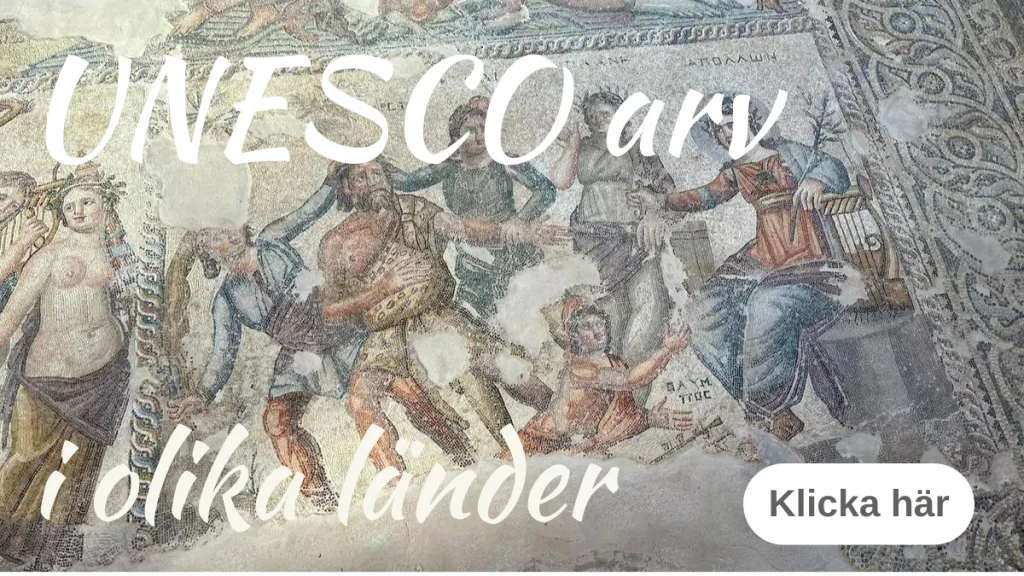

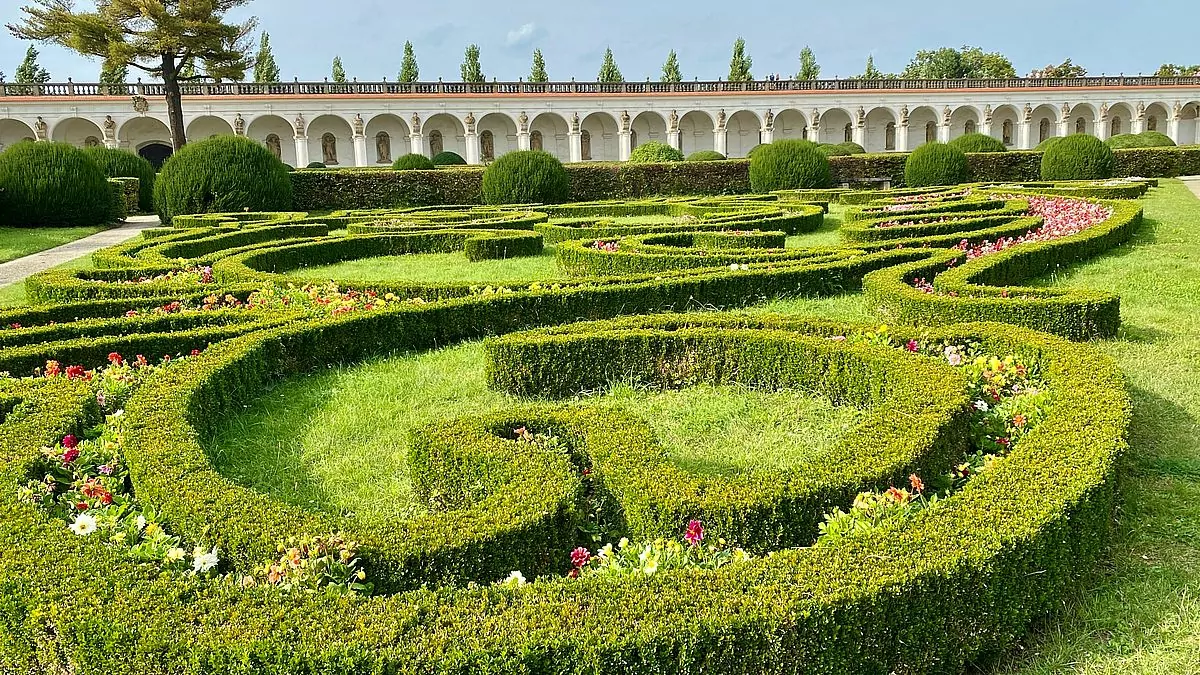







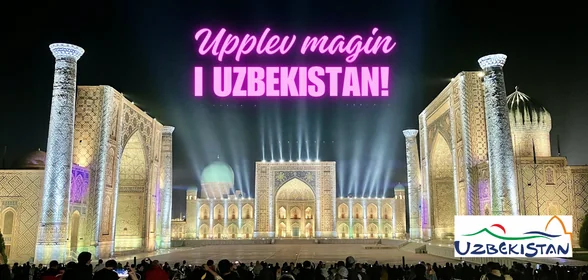

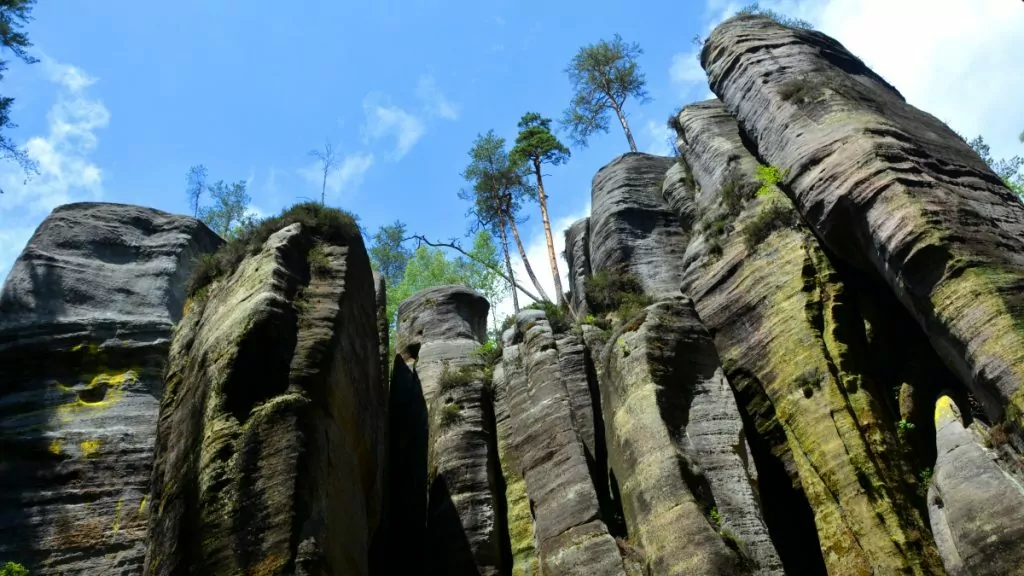
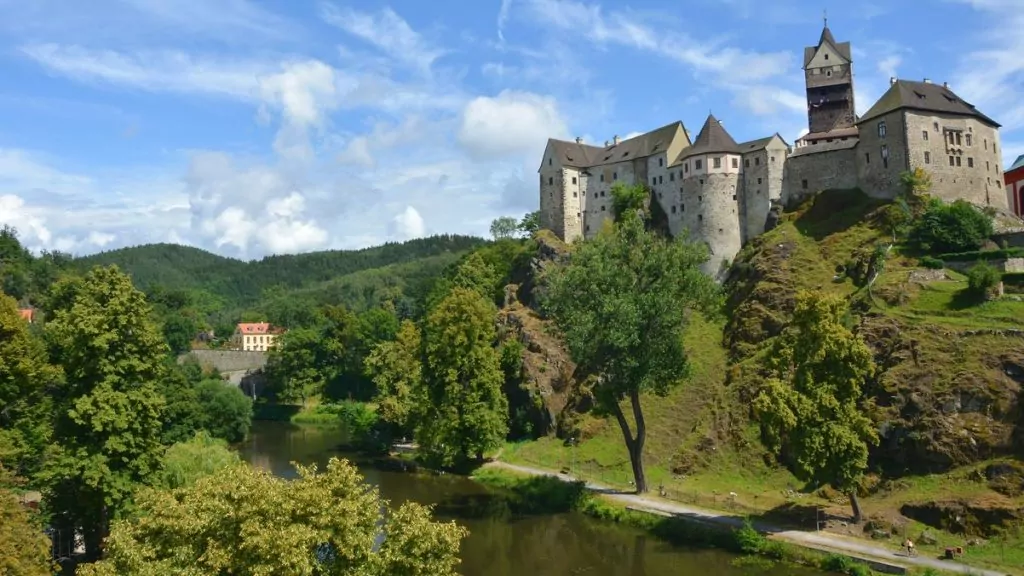
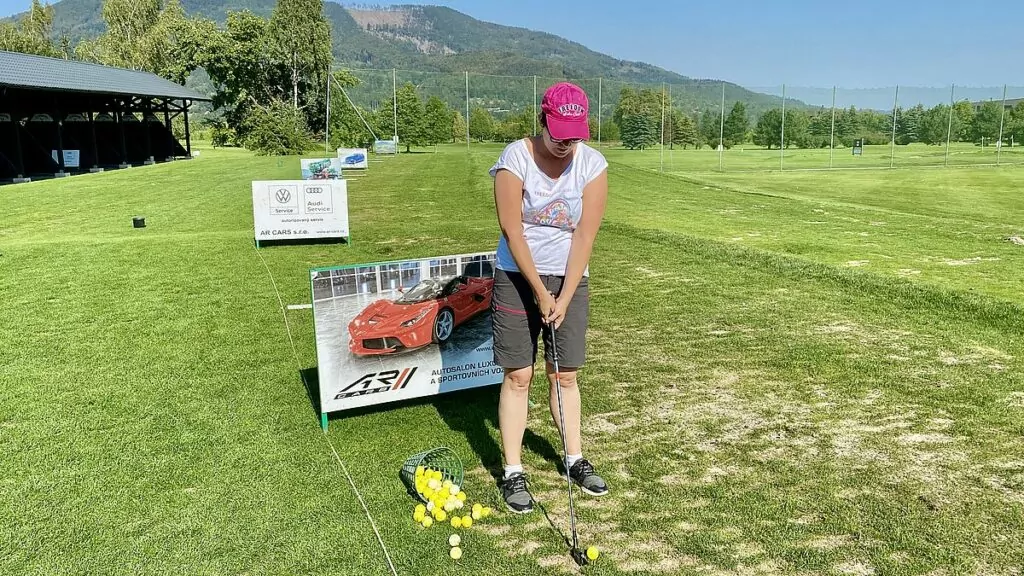
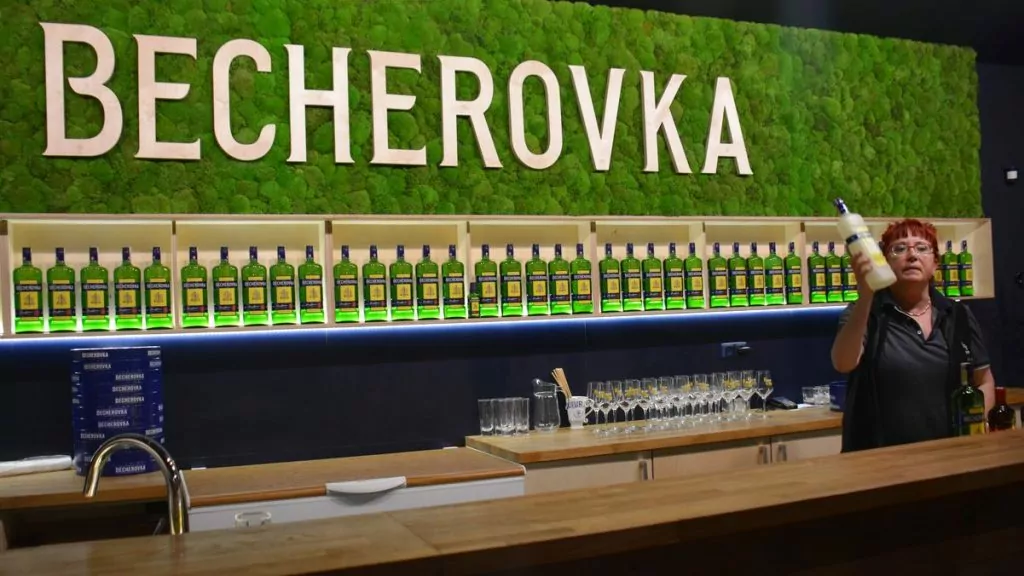
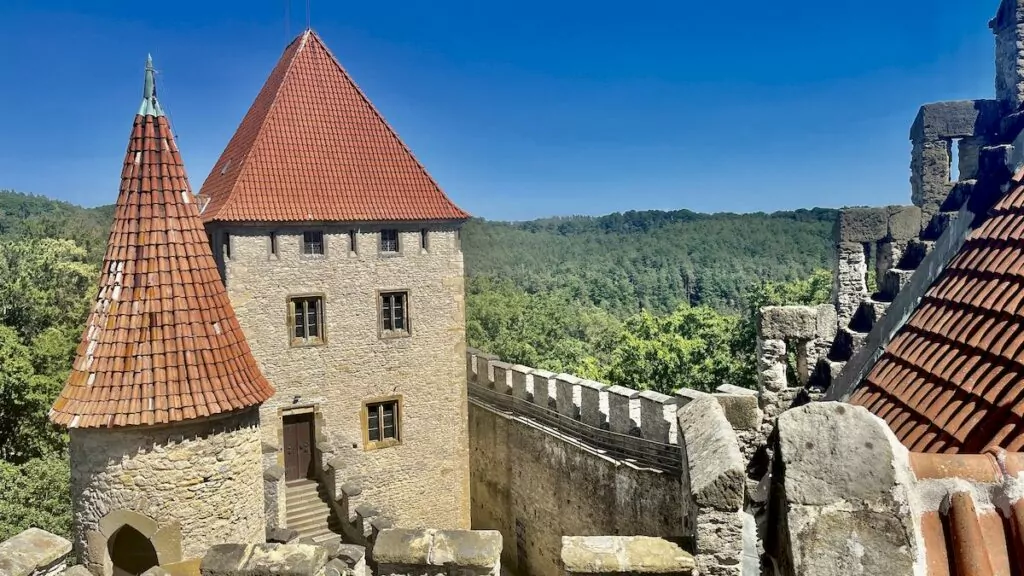
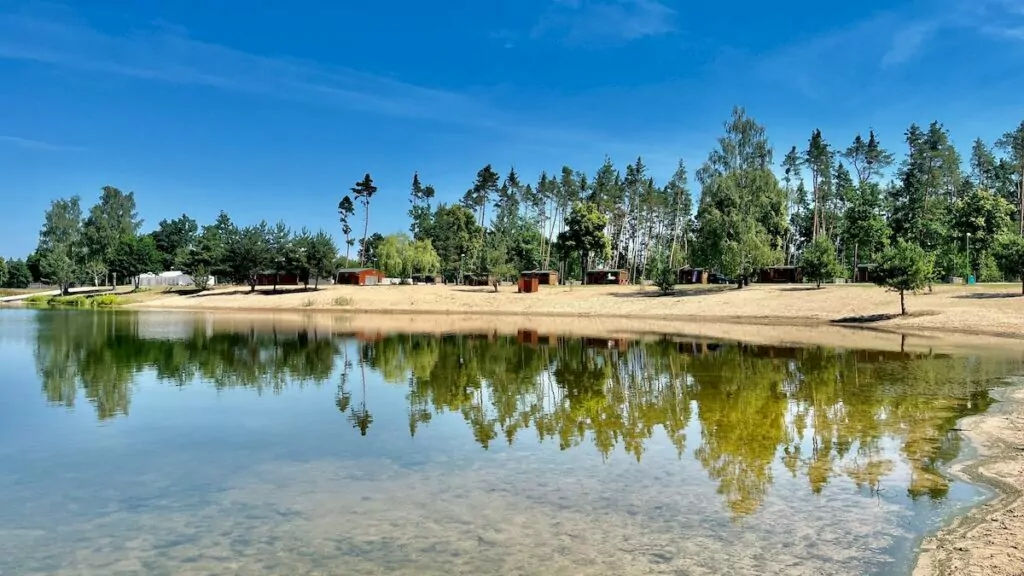
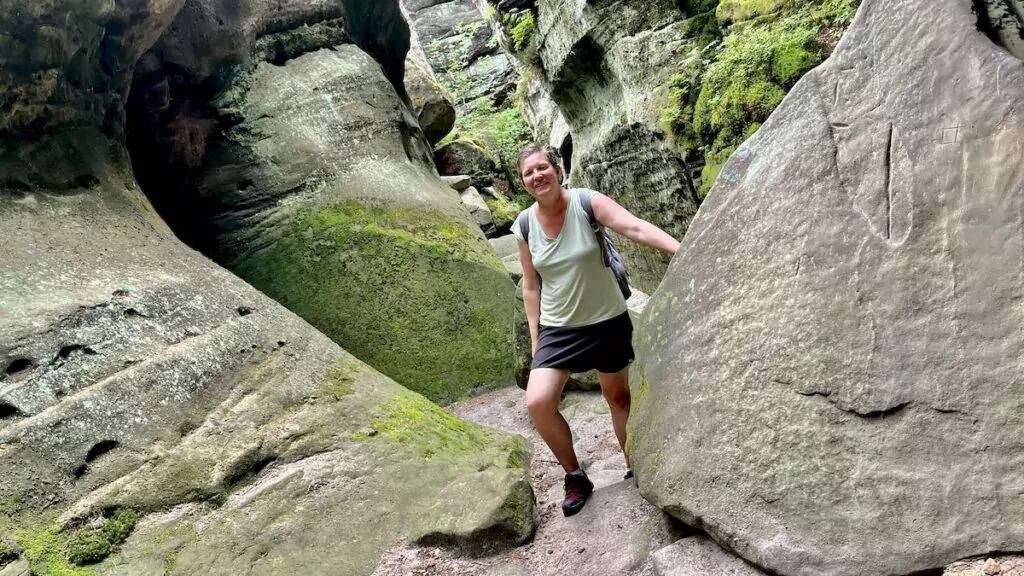
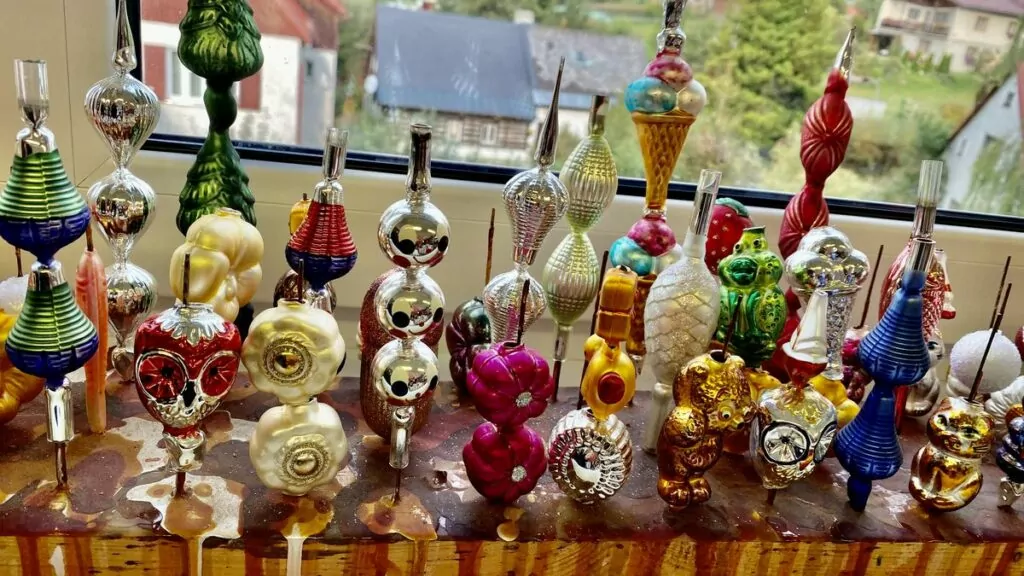
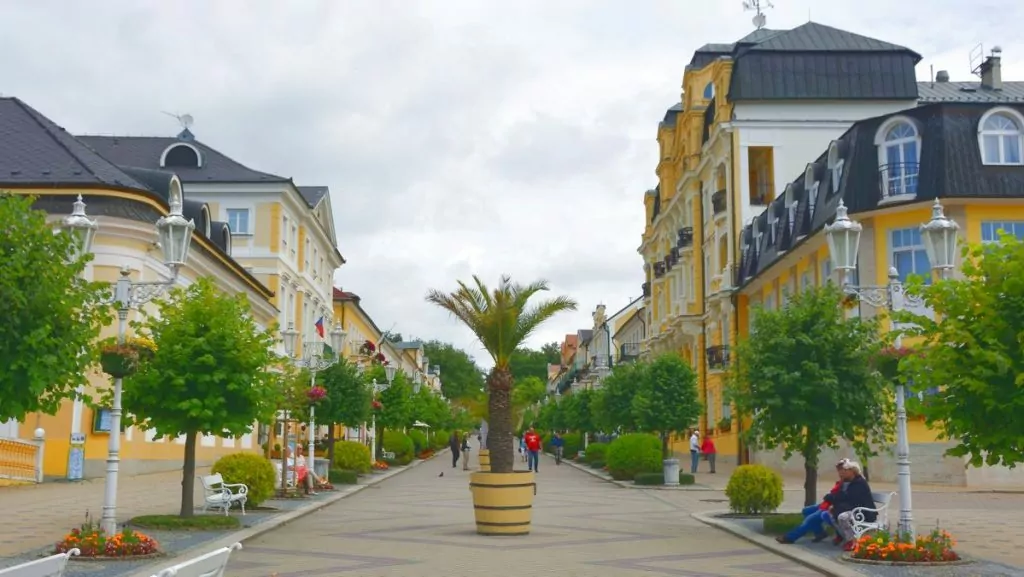
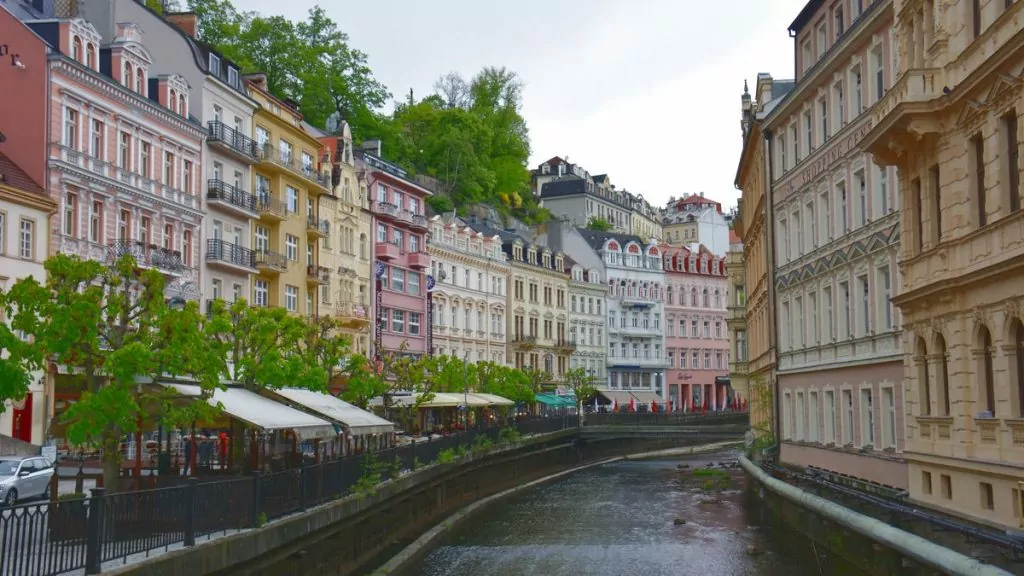
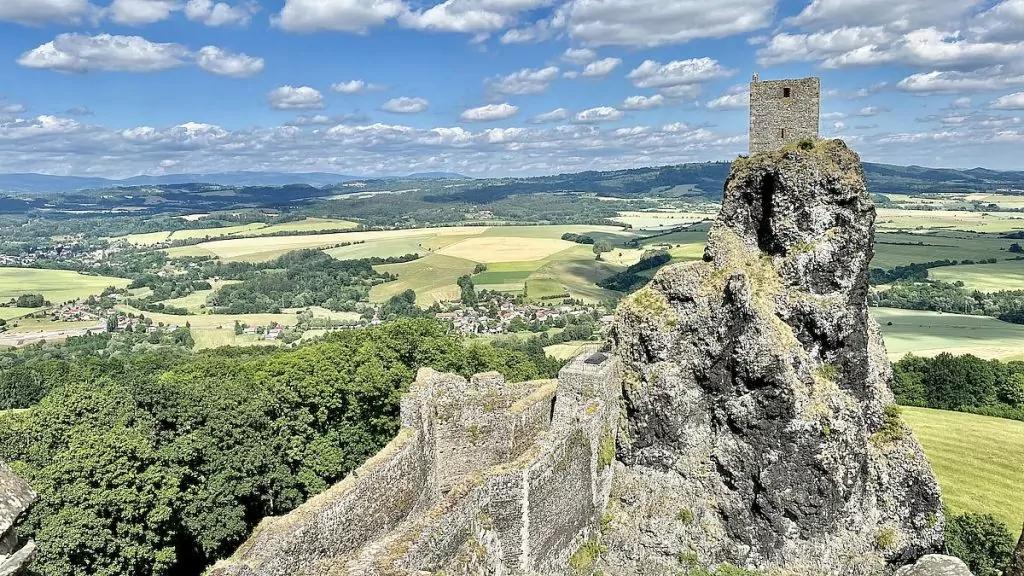
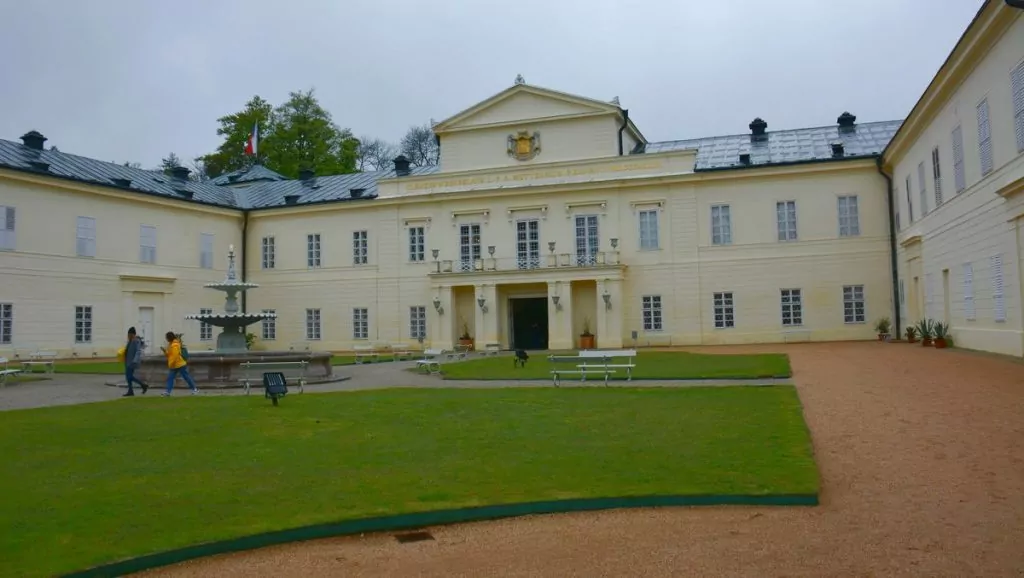
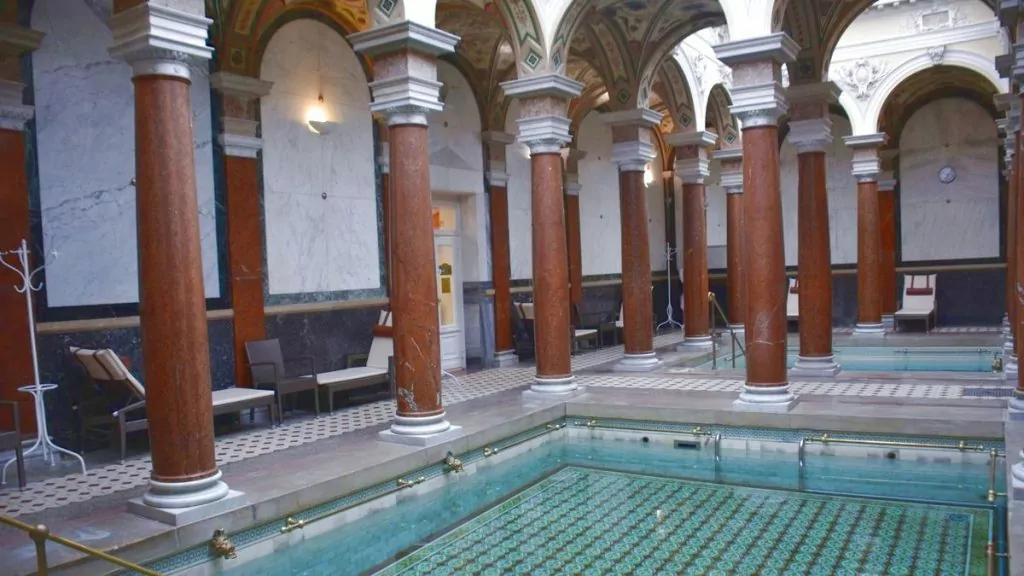
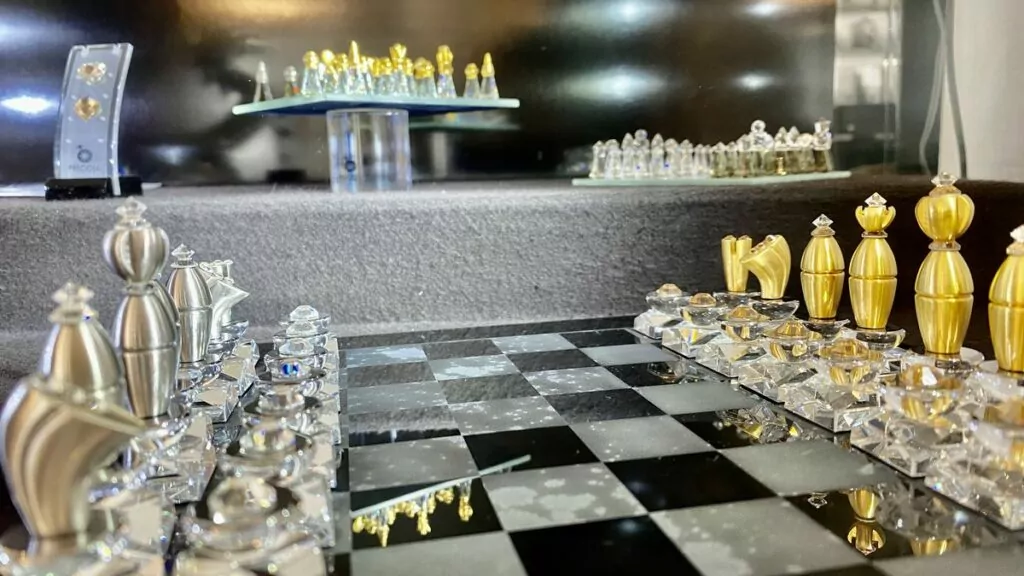
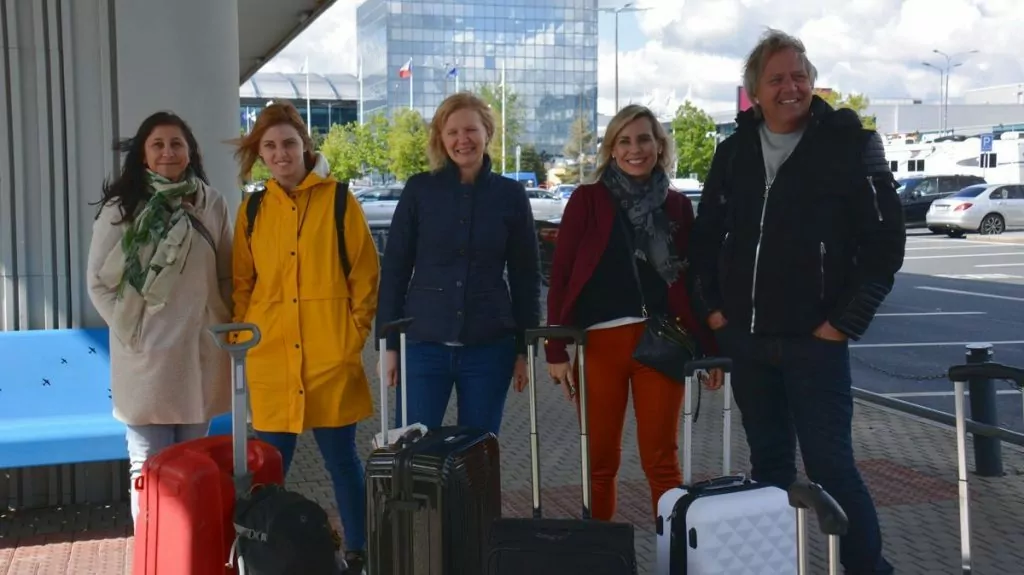
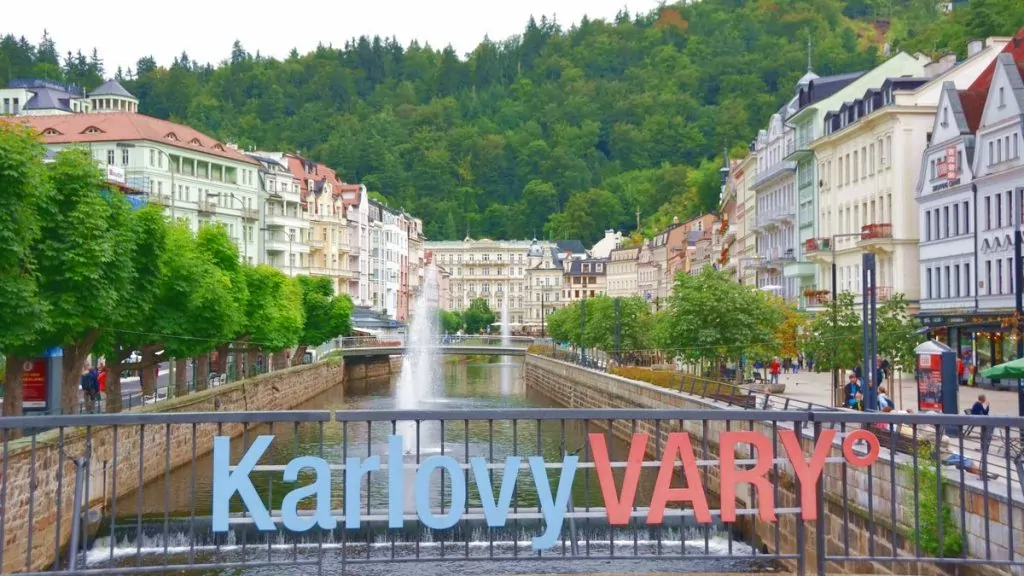
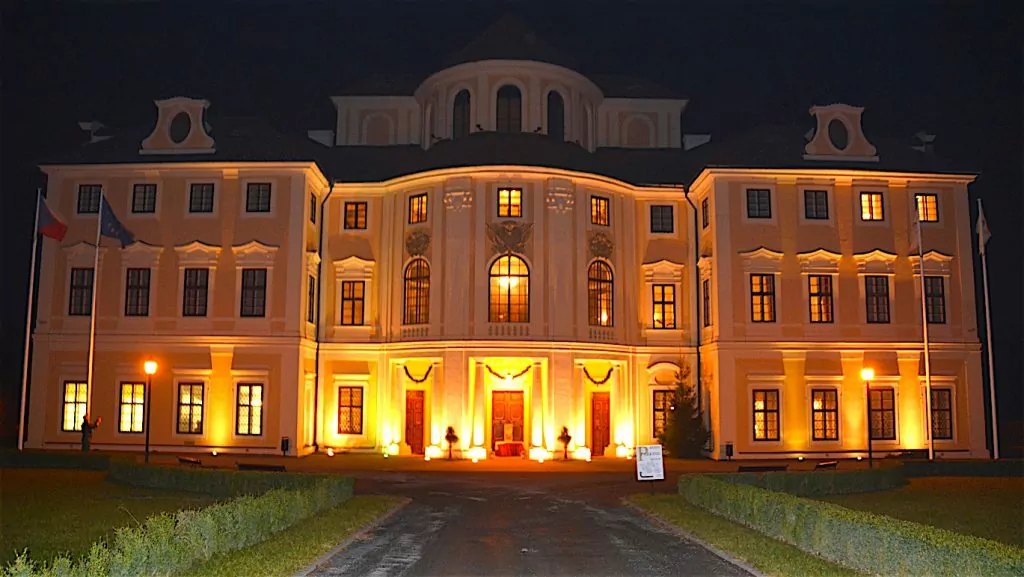
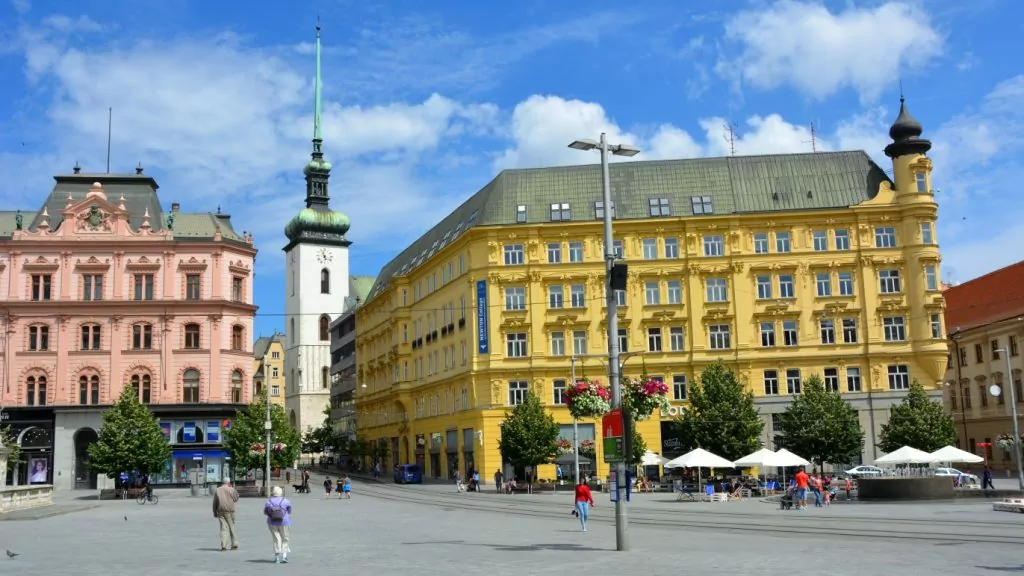
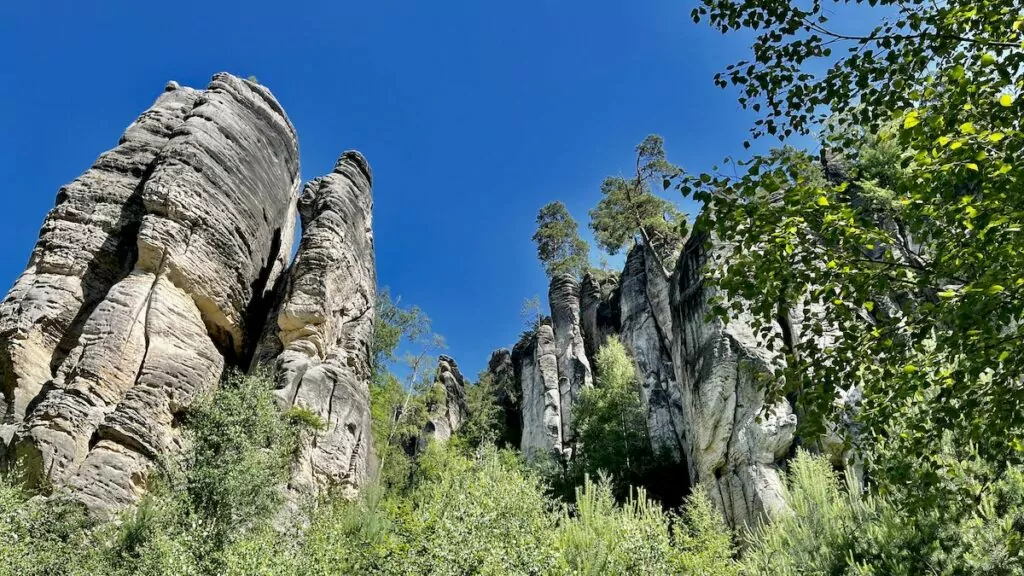
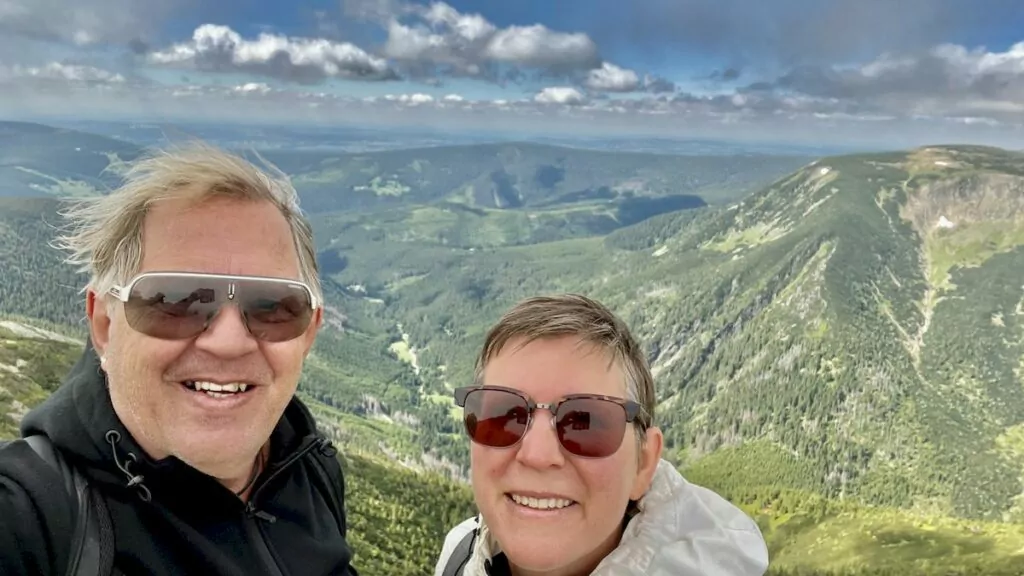
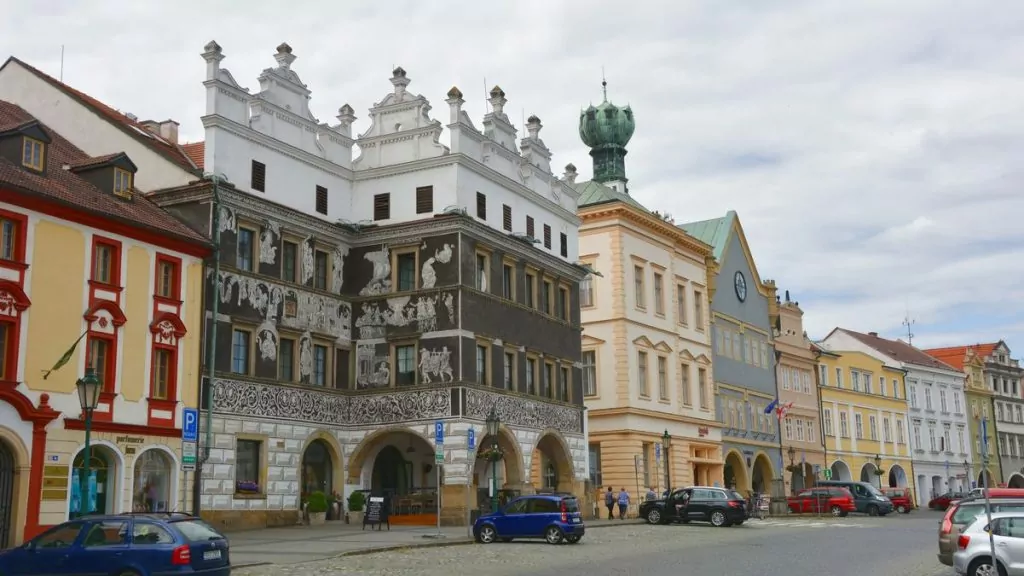
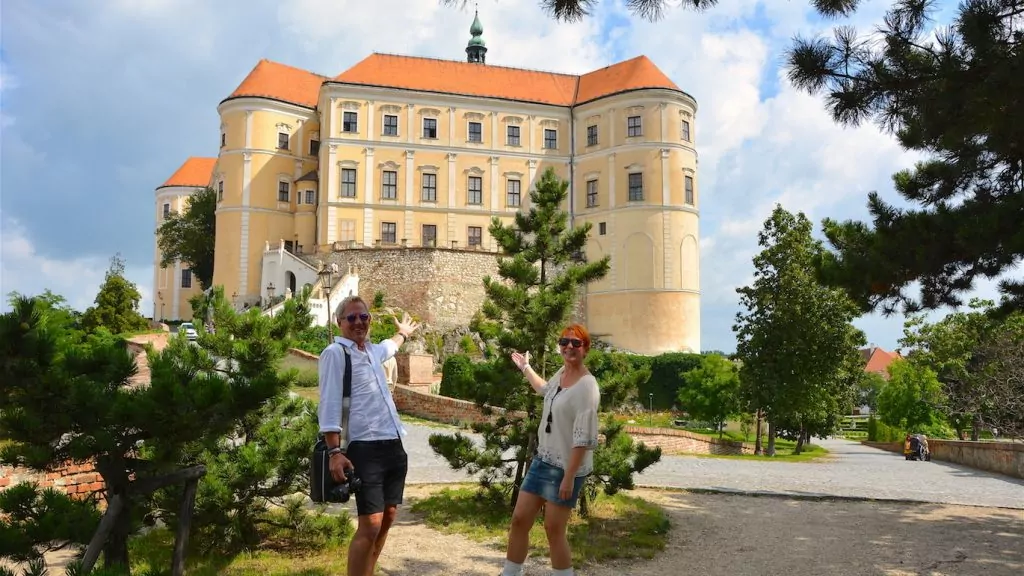
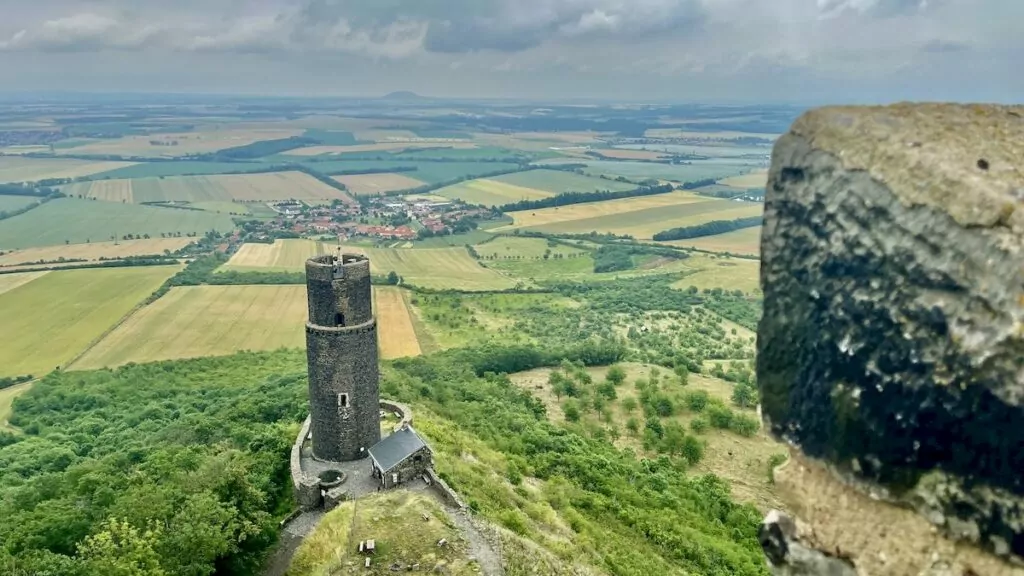
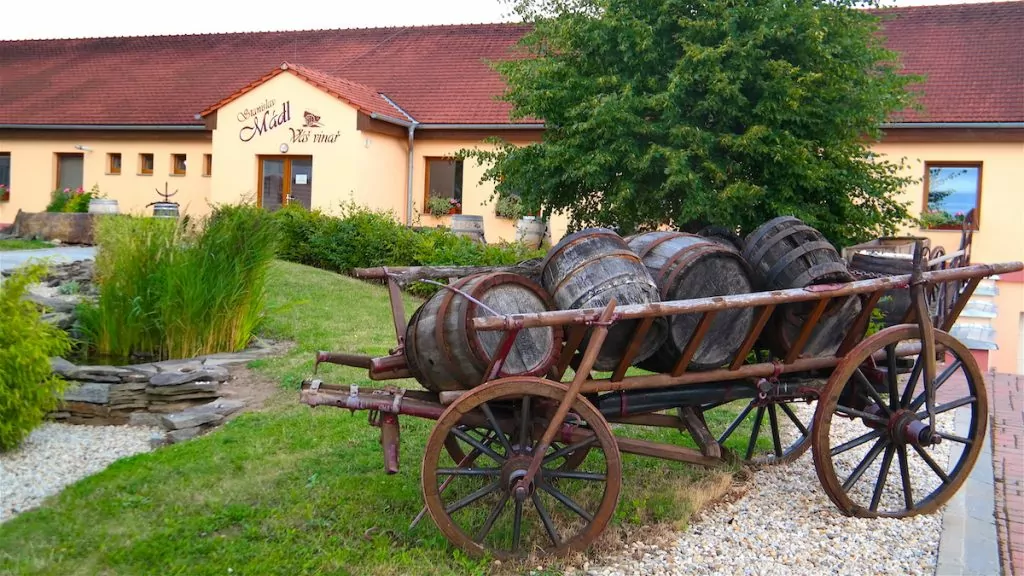
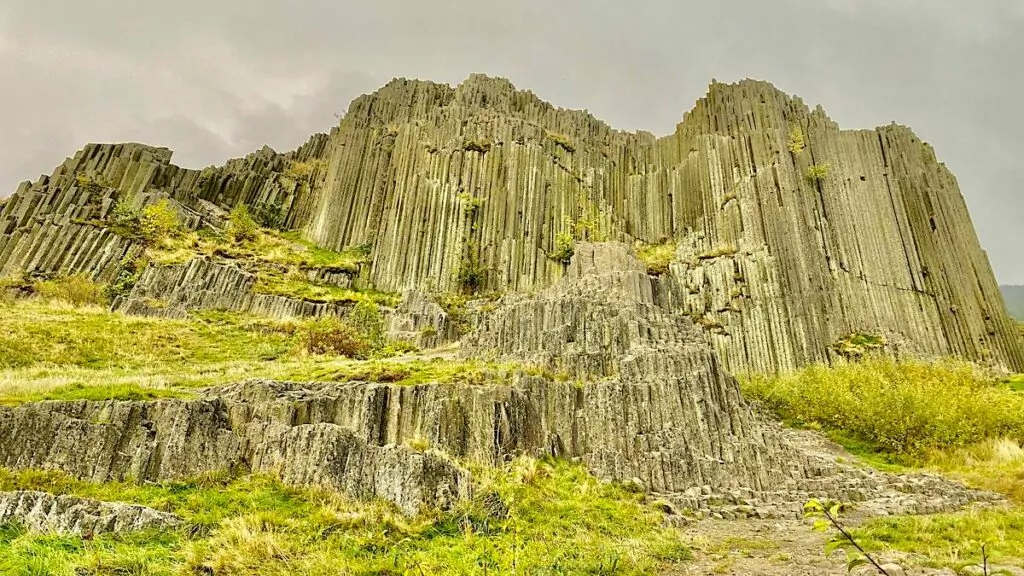
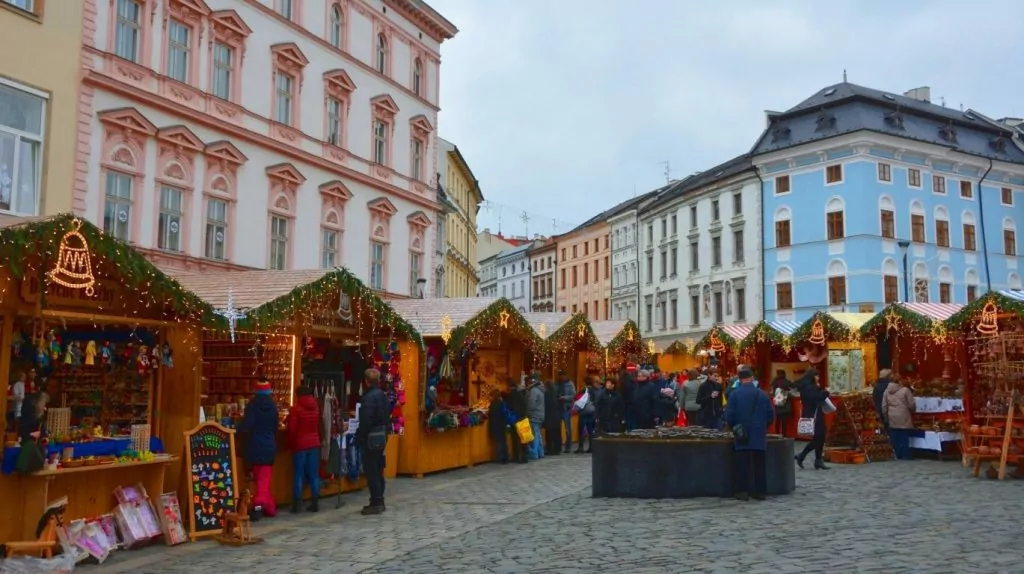
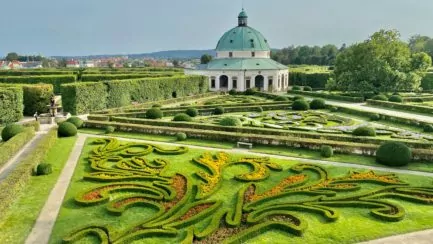
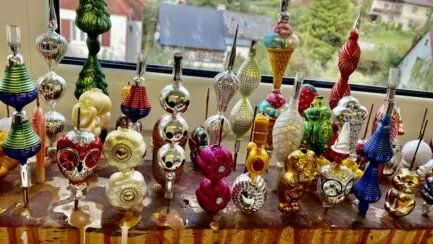
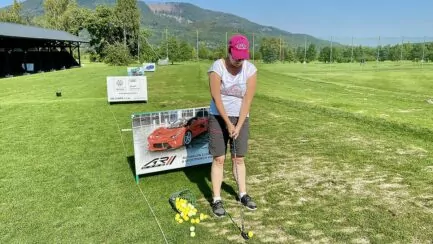
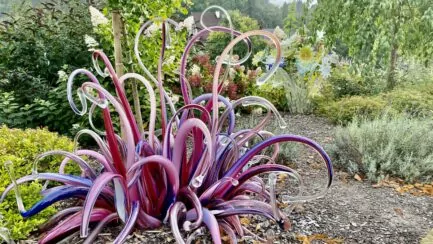
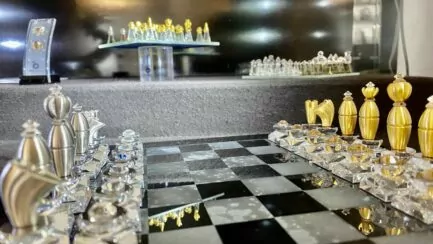
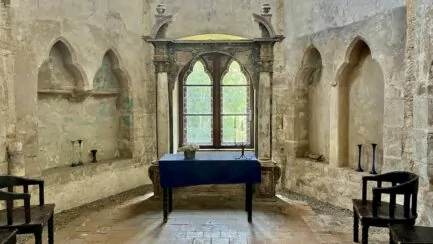



Lena - gott för själen says:
Okay, I have seen a Czech cultural heritage then. 😉 The historical centre of Prague was nice and special. Would like to see more.
Hug Lena
27 February 2021 - 18:27
Helena says:
Prague is nice! And the Czech Republic has more to offer ðŸ™'
01 March 2021 - 7:31